After 80 years, the Outline of Vietnamese Culture still affirms its value and continues to guide the development of Vietnamese culture.
80 years ago, in 1943, amidst the difficulties of the revolution, the Central Party Standing Committee Conference in Vong La (Dong Anh, Phuc Yen, now Hanoi) approved the Outline on Vietnamese culture drafted by General Secretary Truong Chinh, with three basic principles: national, scientific, and popular.
General Secretary Truong Chinh's Outline of Vietnamese Culture
Regarding the cultural outline that General Secretary Truong Chinh drafted on behalf of the Party, according to Professor Phong Le, General Secretary Truong Chinh became the designer of a revolutionary cultural and artistic line that corresponded to and served the people's national democratic revolution from after the August Revolution until the end of 1986, the year of the 6th Party Congress.
Mr. Phong Le analyzed the three principles of the Outline on Vietnamese culture in the context of its birth.
With the correct principle of Nationalization, and with the birth of the National Cultural Salvation Association, since the birth of the Outline on Vietnamese Culture, almost the majority of the nation's scientific and artistic intellectuals have turned to revolution.
President Ho Chi Minh and Messrs. Truong Chinh, Pham Van Dong, and Vo Nguyen Giap at the Viet Bac Resistance Zone.
And thanks to the popularization, right after 1945, the national literature and art, after the peaks achieved in literature, art, and academia before 1945, created a rapid transformation to soon have a new face, a new voice, even a new poetics, in the creation and reception of poetry, literature, music, painting...
The principle of Scientism helped the culture of a country that was still enslaved at that time to break away from the past, to eliminate the harmful effects of feudalism and colonialism...
General Secretary Nguyen Phu Trong commented: "When talking about comrade Truong Chinh, we cannot help but emphasize his role in the fields of theory, culture and ideology.
President Ho Chi Minh and Mr. Truong Chinh on July 1, 1964
During his revolutionary activities, comrade Truong Chinh constantly studied, researched, and improved his cultural capital, cultivating a great cultural personality, with many important contributions, forming the Party's leadership line on culture, laying the theoretical foundation for building a new Vietnamese culture according to the motto of national, scientific, and popular".
In fact, the principles of the Outline on Vietnamese Culture have become the guidelines for the development of Vietnamese culture over the past 80 years and will continue to guide the country's literary and artistic culture.
Mr. Truong Chinh with Messrs. Le Duan and Pham Van Dong
The participants of the conference in Vong La 80 years ago and perhaps even the author himself did not expect that the short, concise cultural outline, with three basic principles: nation, science, and mass, written in the context of a country that had not yet achieved independence, would have such lasting vitality and such sustainable guiding value.
General Secretary Truong Chinh read the political report at the 6th Party Congress in December 1986.
According to Associate Professor Dr. Bui Hoai Son - Standing Member of the National Assembly's Committee on Culture and Education, the Outline on Vietnamese Culture was born in the context of the country not yet gaining independence, so one of the basic goals of the outline is to use culture to become strength for the nation.
The three principles of nation, science, and mass continue to guide the right direction for cultural development in the period of building a rich and strong country after the war.
The spirit of the Outline on Vietnamese culture continued to be included in the Resolution of the 5th Conference of the 8th Central Executive Committee and the Resolution of the 9th Conference of the 11th Central Executive Committee.
Mr. Truong Chinh at the 4th Congress of the Ho Chi Minh Communist Youth Union on October 20, 1980
These are considered important documents of the Party on the development of Vietnamese culture in the new period, continuing the basic principles of the Outline on Vietnamese culture and concretizing them.
In which the national principle is supplemented with world values to become an advanced culture, imbued with national identity.
Mr. Son said that in the current context, when social ethics face many problems, many negative cultural phenomena, and superstition is developing again, the clear ideas of the Outline on Vietnamese culture once again show the correctness of the Party's policy represented by General Secretary Truong Chinh.
Speaking with Tuoi Tre Online, Dr. Nguyen Viet Chuc, former deputy head of the National Assembly's Committee on Culture and Education, commented that the Outline on Vietnamese Culture in 1943 still has its value today because it correctly affirmed the position and role of culture with the dialectical relationship between politics and economics.
Culture has national character and inheritance, especially for countries with a long-standing culture with unique and distinctive values, creating the cultural identity of Vietnam.
Our Party has affirmed that the cultural cause is the cause of the entire people. The goal of culture is for everyone. The outline of Vietnamese culture in 1943 has promoted its value over the past 80 years.
Mr. Truong Chinh attended the scientific conference to celebrate the 40th anniversary of our Party's publication of the Outline on Vietnamese culture on December 27, 1983.
According to Mr. Chuc, the Party always puts the role of culture first. When there was no government and the Party had to focus on the national liberation revolution, the Party held a central conference to discuss and promulgate the Outline on Vietnamese culture in 1943.
The birth of the Outline on Vietnamese Culture is a torch that lights the way, orients the ideology, awareness, and cultural activities motto for the entire Party and the entire people.
Culture has a very important position and role in the development of the country. In the revolutionary process, it can be seen that when culture is promoted and given due attention, there will be great success.
Comrade Truong Chinh at the conference to direct the compilation of the complete works of Ho Chi Minh on April 20, 1978.
During the resistance war against France and America to liberate the nation, culture was one of the decisive factors for the people's victory.
"When we talk about culture, we are talking about the quintessence and essence that are crystallized and molded into the best, most unique, humane and benevolent values. As early as 1946, we had a national conference on culture.
Among the current consequences, we must mention a large number of cadres and party members who have degenerated, degraded in ideology, morality, lifestyle, embezzlement, corruption, and lost the trust of the people. That is "lack of culture".
Because if you have culture and are a "role model", you will "never" be corrupt. And problems such as domestic violence, school violence, and social evils are still on the rise, which is the "weakness" when culture is not given due attention," Mr. Chuc emphasized.
General Secretary Truong Chinh led a delegation of Northern people to Ho Chi Minh City to attend the Political Consultative Conference to unify the Fatherland.
General Secretary Truong Chinh visited Doc Mieu base, Quang Tri, January 1974
Since the 13th National Party Congress and especially after the 2021 National Conference on Culture with the directions pointed out by General Secretary Nguyen Phu Trong, it is clear that the limitations and deviations have been corrected.
Party committees at all levels have paid much attention to culture. Developing national culture is nationalization. National cultural identity absorbs the quintessence of world culture and science and builds an advanced culture imbued with national identity. Culture is the spiritual foundation of society.
In particular, according to Mr. Chuc, the mass issue is very important, a culture for everyone, for all the people, not a culture for just one person. That shows the cultural identity of the nation. At the same time, it creates a "string", "glue" that binds the solidarity of the entire Party and all our people.
Mr. Truong Chinh visited the family of Mrs. Tran Thi Hong and Mrs. Le Thi Cuc, the revolutionary base in Dong Xuan, Kim Anh, Vinh Phu, now in Soc Son, Hanoi.
President Ho Chi Minh attended the opening of the Cultural Exhibition on October 7, 1945.
Dr. Dang Xuan Thanh - grandson of General Secretary Truong Chinh - said that the journey from "Anh Nam Than" - the alias due to Truong Chinh's famous carefulness, to "Anh Nam Moi" - the name affectionately given to him by the people and cadres of the South, was an arduous one.
According to Mr. Thanh, all of his grandfather's sons went through military service. Once, someone asked Truong Chinh why he did not support his son, Dang Xuan Ky. The answer surprised and touched the listener: "Unfortunately, he is my son."
This "cultural personality" needs to be promoted more than ever in today's era, just like his Outline of Vietnamese Culture.
In 1982-1983, Truong Chinh was criticized by his comrades for "following Yugoslav-style marketism". For a pure and loyal communist like him, he must have been very upset about this criticism.
But he was also very determined, fighting strongly for what he believed was right, as he had always done.
Mr. Truong Chinh with people working in the film industry
Mr. Truong Chinh with National Assembly delegates who are artists
After taking over the role of General Secretary to replace his recently deceased comrade - General Secretary Le Duan, he reviewed the draft Political Report submitted to the 6th Congress and did not approve it, requesting a second draft.
As a participant to a certain extent in the process of preparing documents for the 6th Congress, Mr. Vo Van Kiet witnessed Truong Chinh directly directing the drafting and personally correcting each sentence and word in the draft document.
"Comrade not only made great contributions to initiating the Renovation but also contributed greatly to maintaining discipline in the Party," Prime Minister Vo Van Kiet commented.
At the end of that historic year of 1986, General Secretary Truong Chinh successfully directed the 6th Congress - the Congress of Renovation, a congress that not only helped liberate the economy but also brought culture and arts to a new page. Many people still remember how bustling the atmosphere of renovation was among the artists at that time.
From here, a series of talented artists had the opportunity to appear, creating a new face for the country's literature and art, such as Nguyen Huy Thiep, Bao Ninh... in the field of literature, Tran Van Thuy in the field of documentary films...
Delegates attending the first National Cultural Conference in November 1946
In the last days of historic February, Tuoi Tre Online visited Vong La commune (Dong Anh district, Hanoi) - where 80 years ago, General Secretary Truong Chinh drafted and approved the Outline on Vietnamese culture.
Vong La village gate today - Photo: PHAM TUAN
At the Fishing Village gate, located right next to the dike on the left side of the Red River, in Vong La village (Vong La commune), a large signboard reads "Traditional relic of the Central Party's safety zone from 1941 - 1945".
In the relic site, a large stone stele erected clearly states: Vong La fishing village is where the Central Party Standing Committee met to discuss expanding the National United Front and promoting armed uprising, approving the cultural outline for national salvation.
As someone who heard the detailed story about the time of the Outline on Vietnamese Culture in 1943, Mr. Phan The Kien (82 years old) - head of the Elderly Association of Vong La village - recounted:
Mr. Phan The Kien (82 years old) - Head of the Elderly Association of Vong La village - explains the stone stele erected at the village relic site - Photo: PHAM TUAN
"When the central ministries met in Vong La village, I was too young at that time, but later, my seniors told me that it was the time when Mr. Truong Chinh drafted the Outline on culture and chaired the meeting of the Central Party Standing Committee to approve the Outline on Vietnamese culture."
Talking about the reason why Vong La village was chosen as a "safe zone" to hold the conference, Mr. Kien said that the Party's previous viewpoint in finding a location for revolutionary activities was that first, it had to be near the road, second, it had to be near the river, and people had to ensure the safety of cadres during activities.
The ground at the house where Mr. Hoi is living is where the late General Secretary Truong Chinh drafted the outline of Vietnamese culture - Photo: PHAM TUAN
Vong La meets all three of the above factors: near the Red River, near the national highway connecting to "the resistance capital of Thai Nguyen and Tan Trao (Tuyen Quang)". At the same time, the people here are assessed as "always having a tradition of patriotism".
"Vong La is also a convenient place to receive central directives from Hanoi. If there is any incident, it is convenient to advance to Hanoi and good to retreat. Especially, during the time when the Central Party comrades came to work, we, the people, hid and ensured absolute safety," said Mr. Kien.
Mr. Kien added that during the time General Secretary Truong Chinh, comrades Hoang Van Thu, Hoang Quoc Viet, Nguyen Luong Bang... were operating in Vong La village, there were 12 families in the village directly hiding and protecting high-ranking Party officials.
Among them, the house of Mrs. Nguyen Thi Hoi was the place where General Secretary Truong Chinh chose to draft the Outline of Vietnamese Culture. Later, the above outline was approved in the back room of the communal house of Vong La village.
Mr. Hoi (one of 12 families who hid revolutionary cadres in Vong La village) and his son sat and talked about the days of hiding cadres and the process of drafting the Vietnamese cultural outline - Photo: PHAM TUAN
Coming to Mr. Hoi's house, when he heard the journalist's introduction to learn about the family's process of hiding cadres, he said: "In the past, my family had a wooden box to store rice. If strangers came in, Mr. Truong Chinh, Mr. Hoang Quoc Viet... would hide in the box. My father-in-law was electrocuted right in the middle of this yard when the enemy raided while he was busy hiding documents for the cadres."
Ms. Hoi also confirmed that the current land of the house she is living in is also the place where General Secretary Truong Chinh wrote the Outline of Vietnamese culture.
Vong La village communal house today - Photo: PHAM TUAN
* The article references materials from the book Truong Chinh - A great intellect, outstanding leader of the Vietnamese Revolution, National Political Publishing House Truth, 2020.
According to TTO
Source link


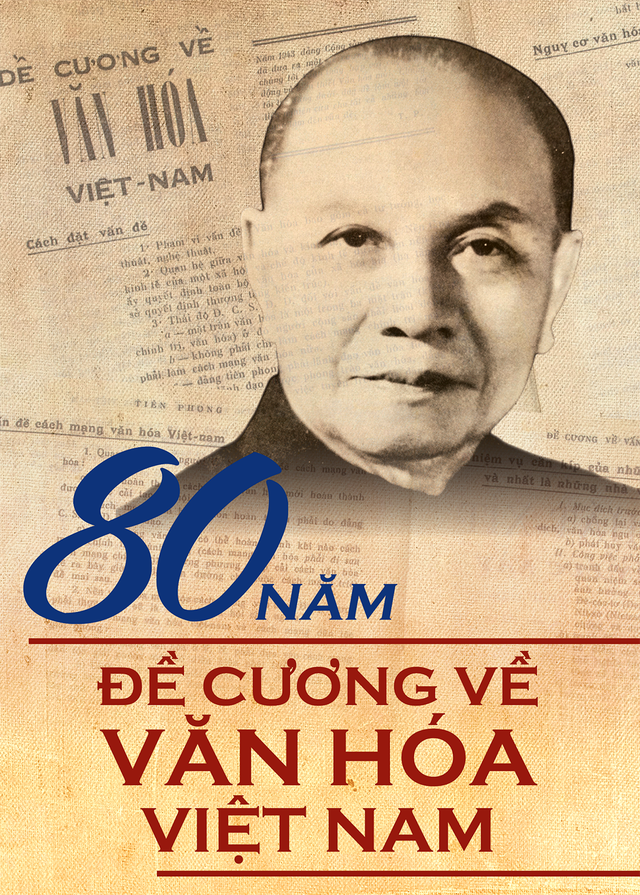

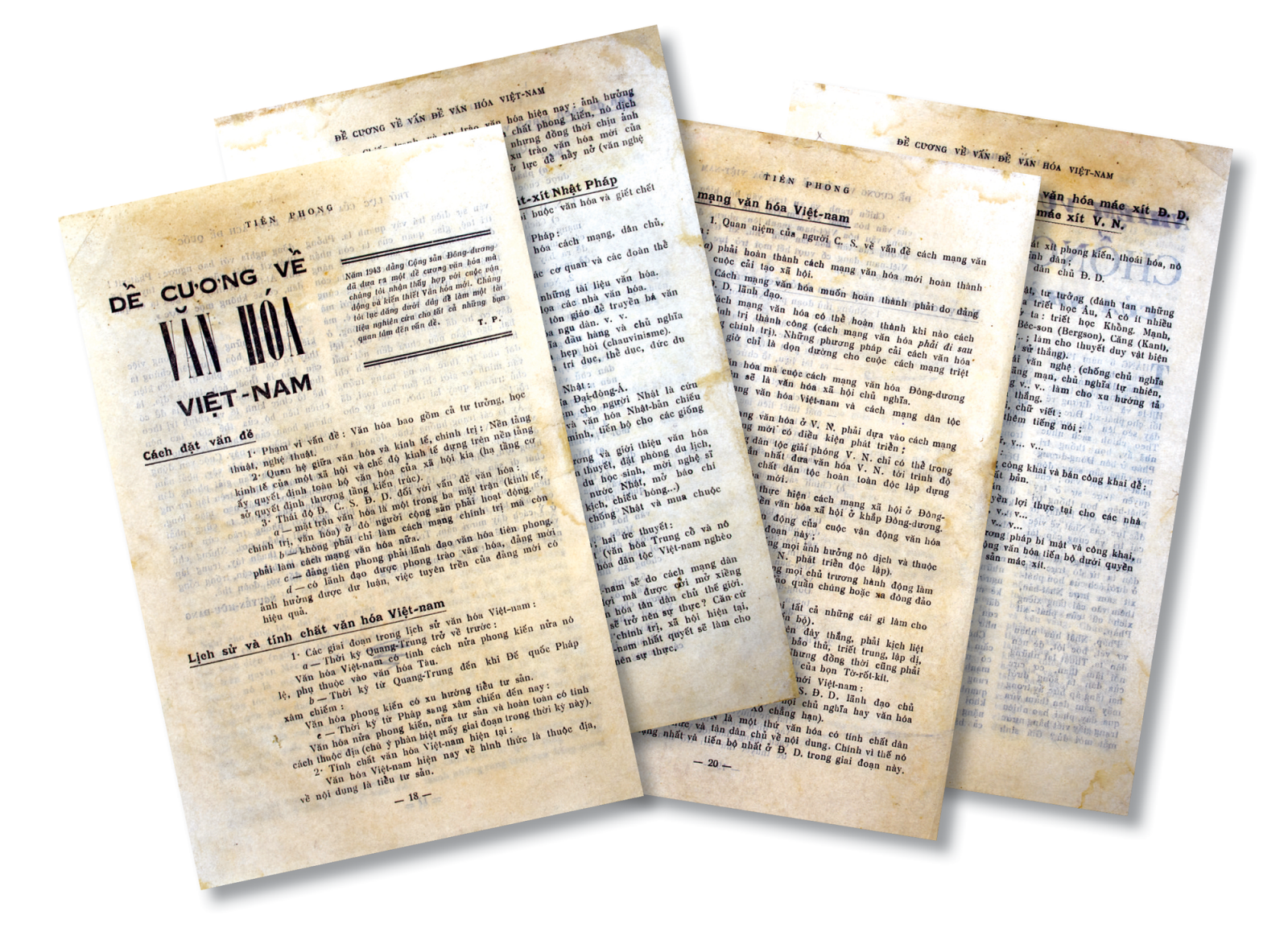
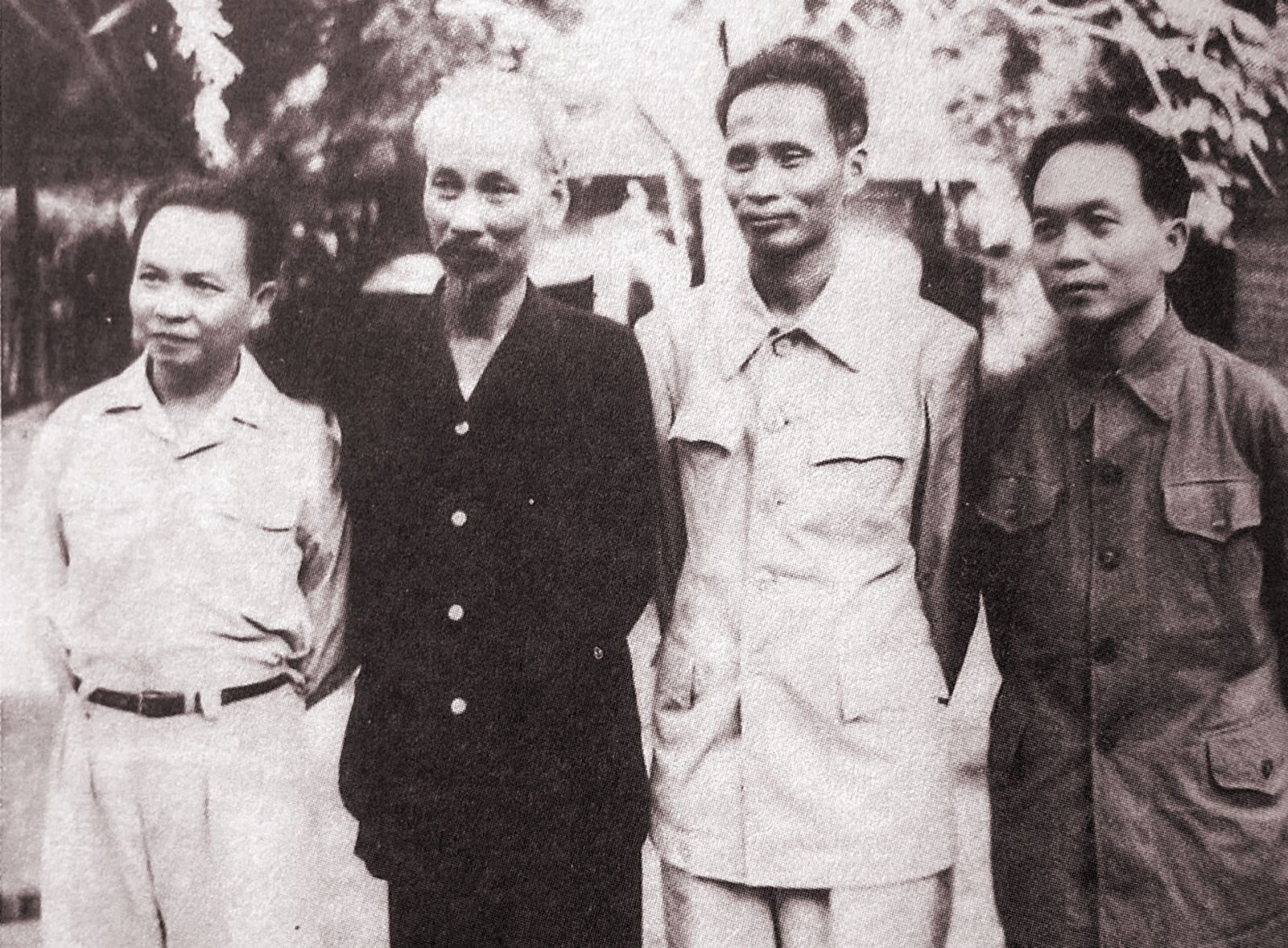
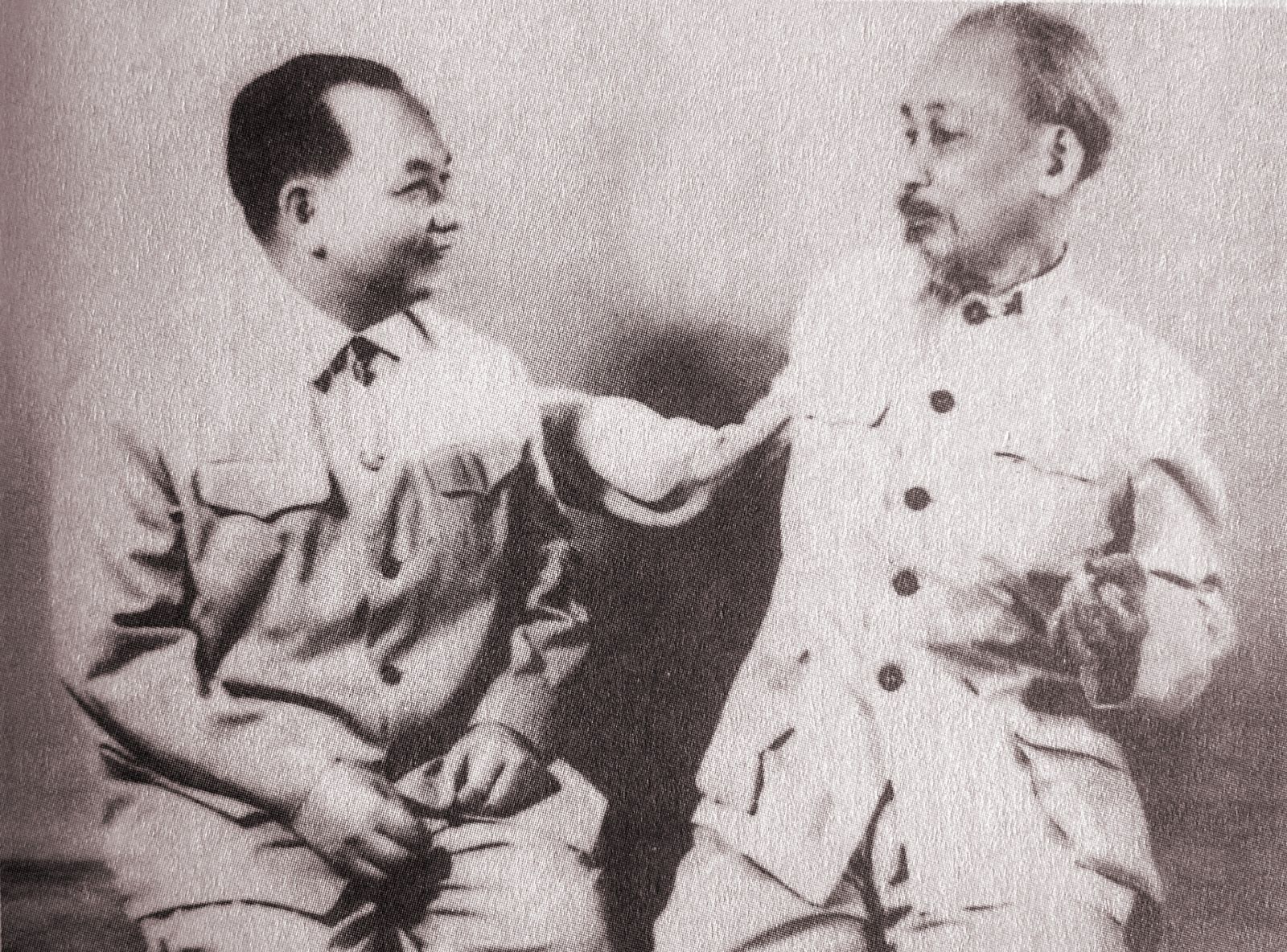
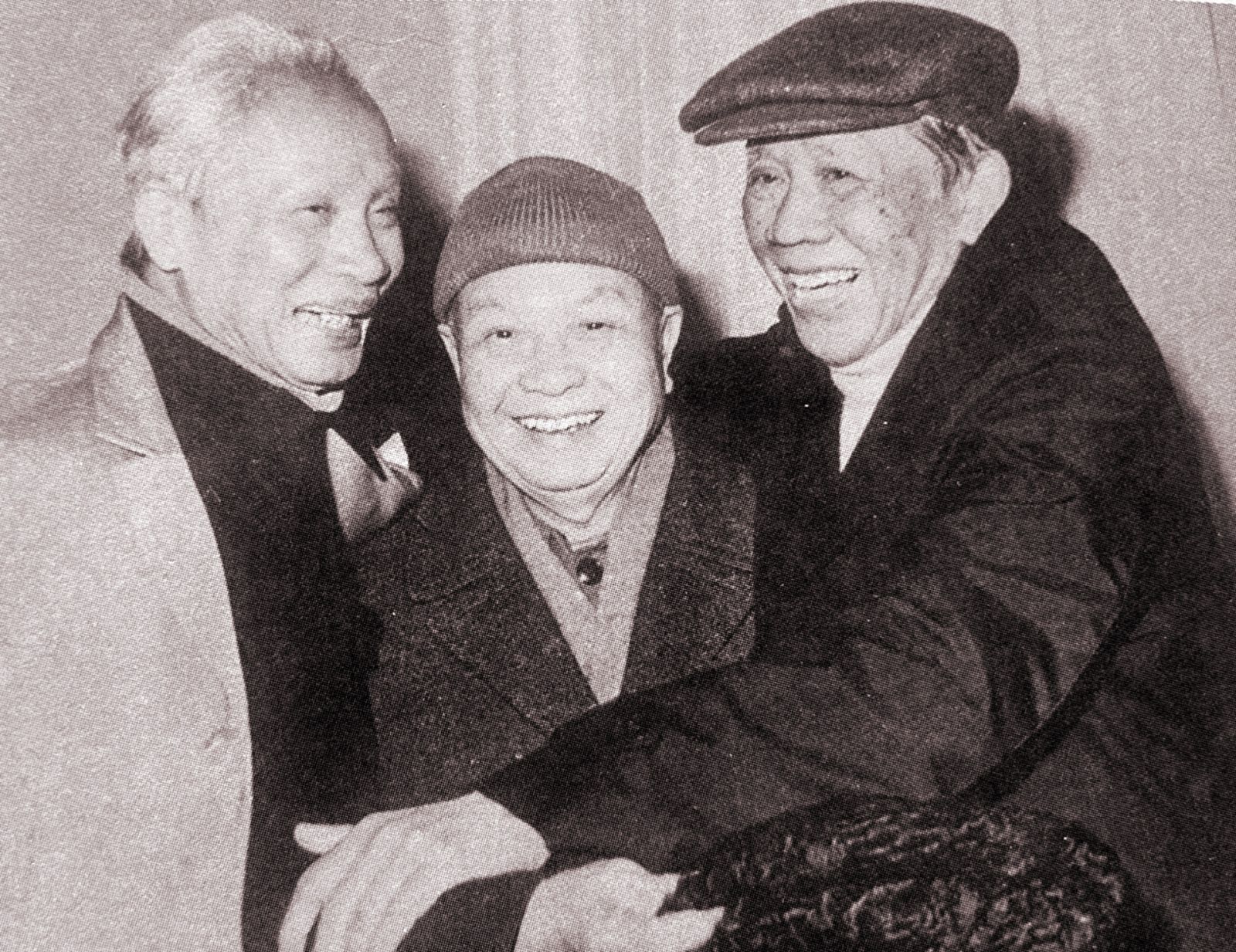


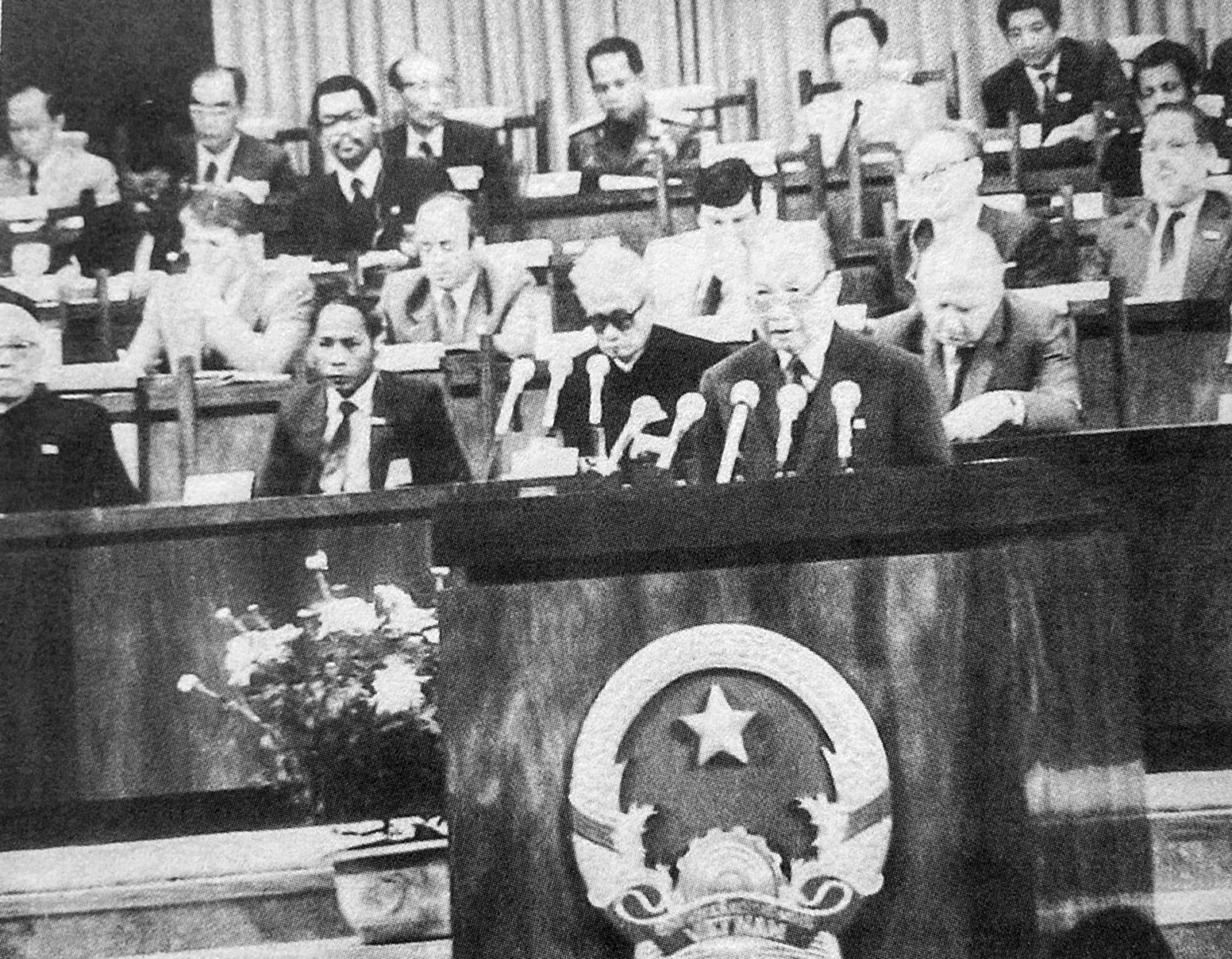
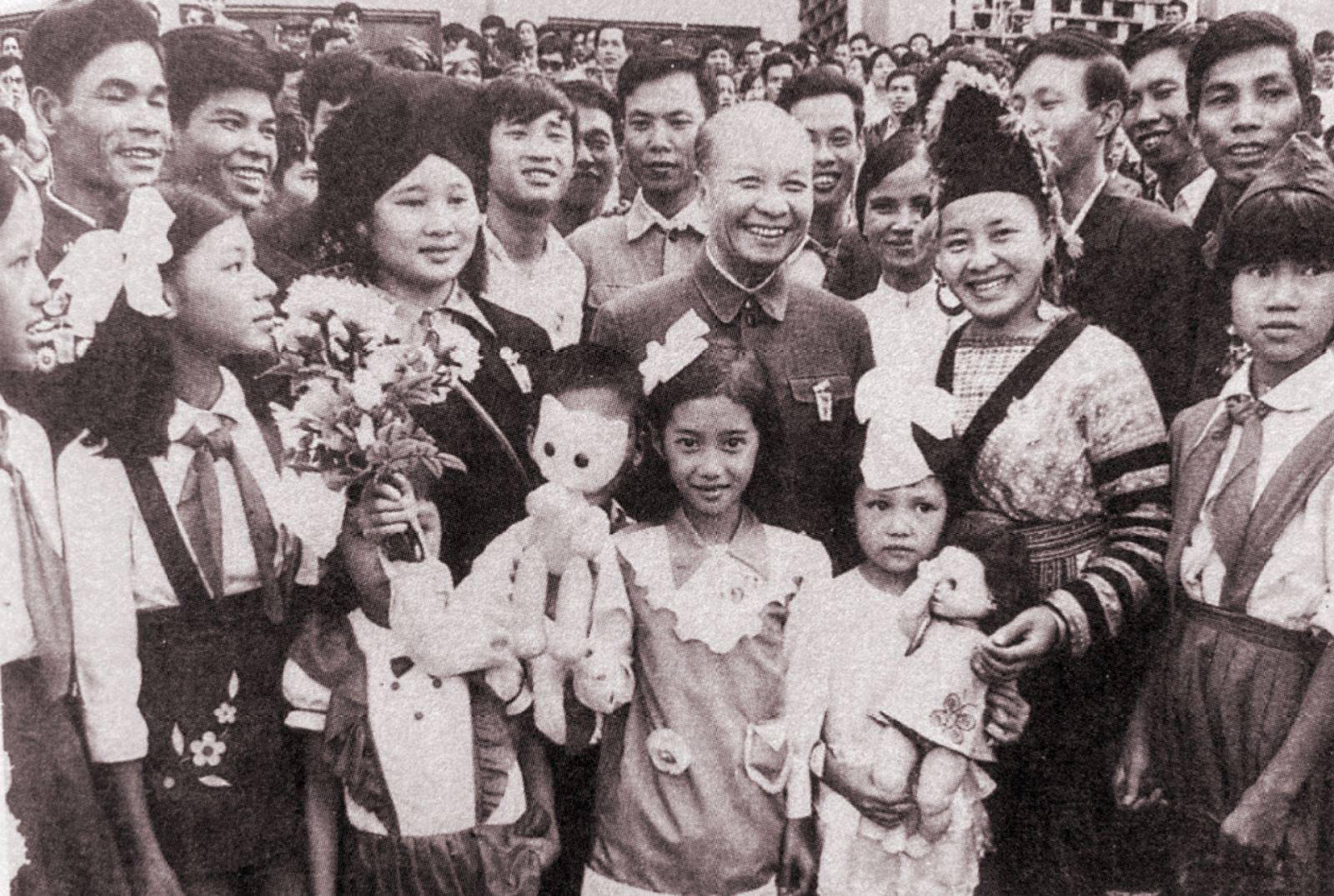

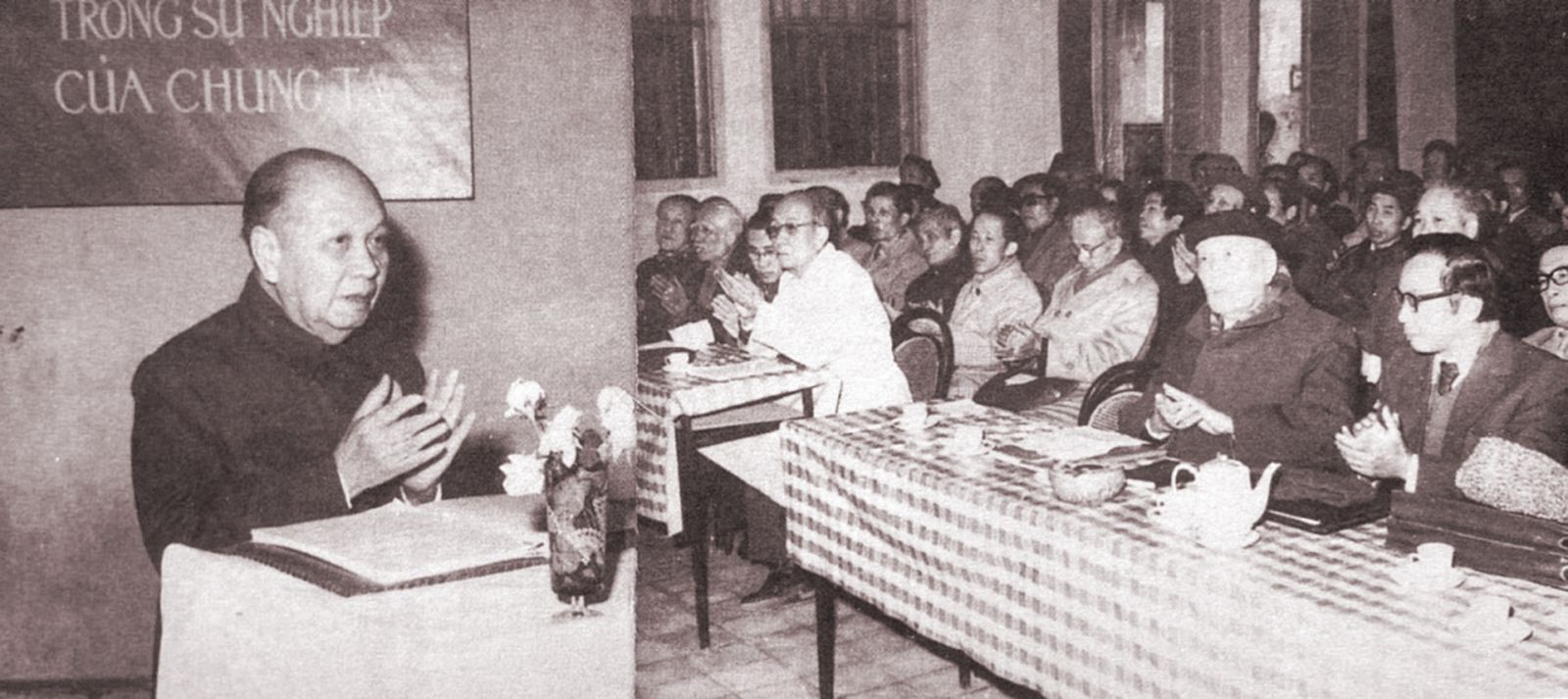
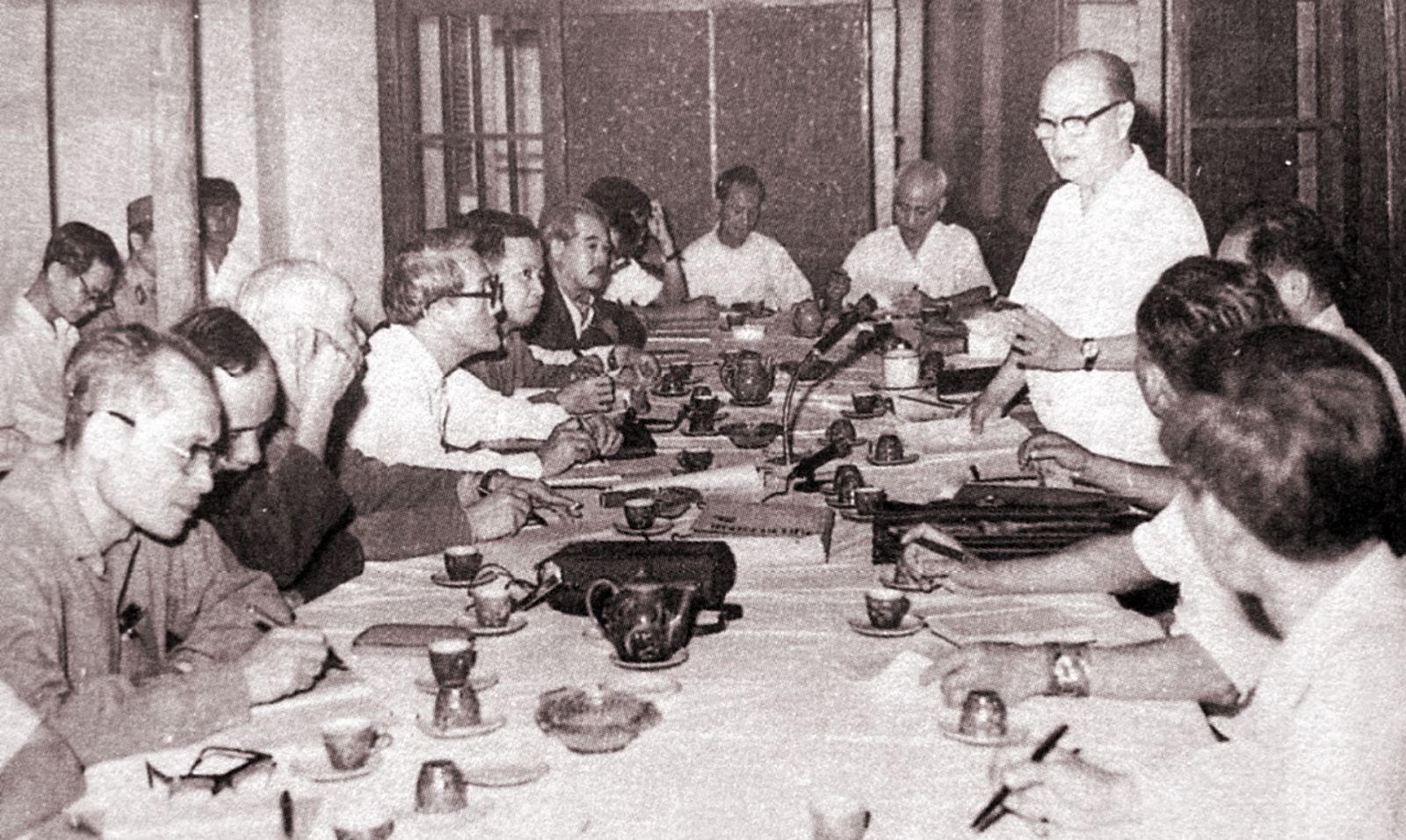
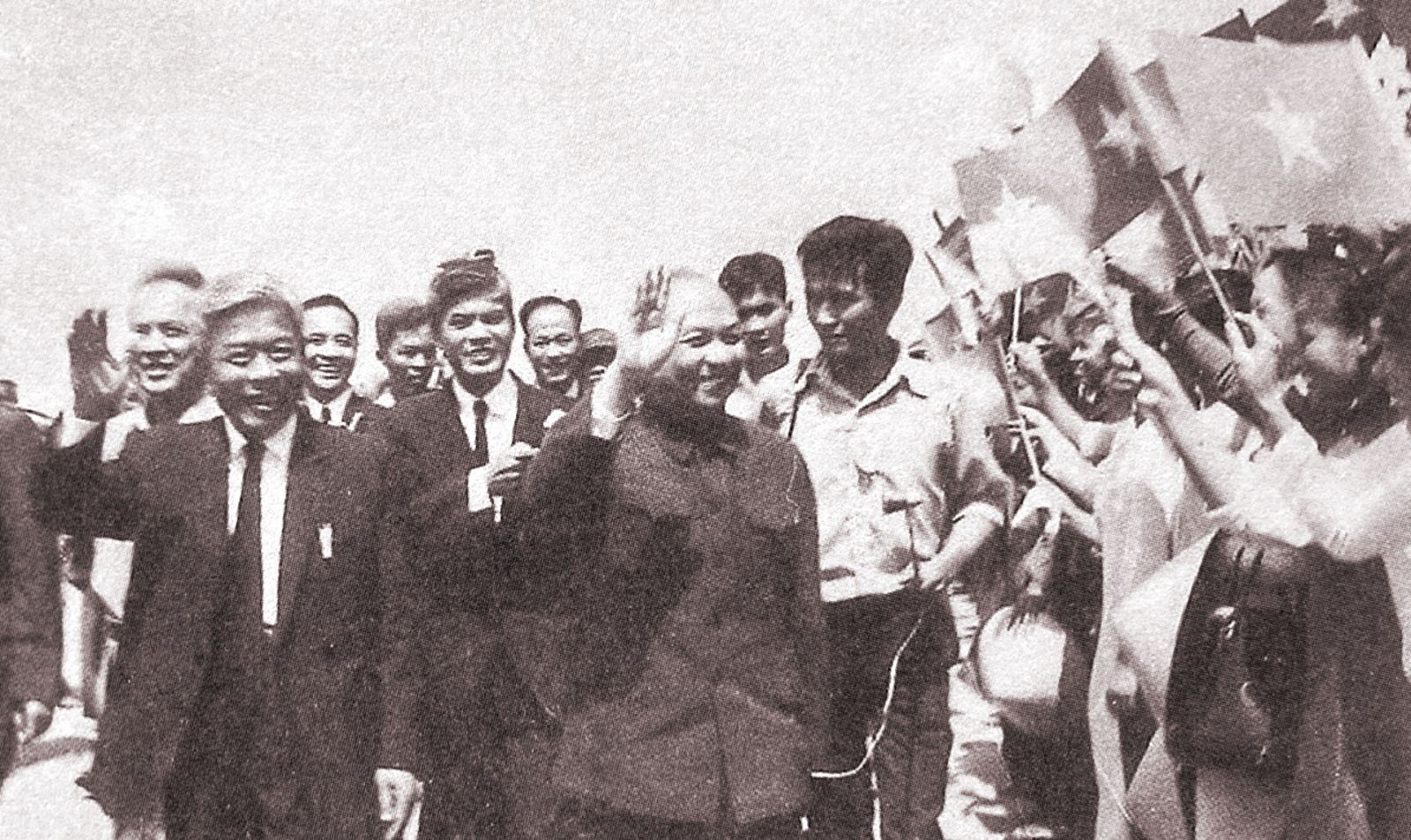
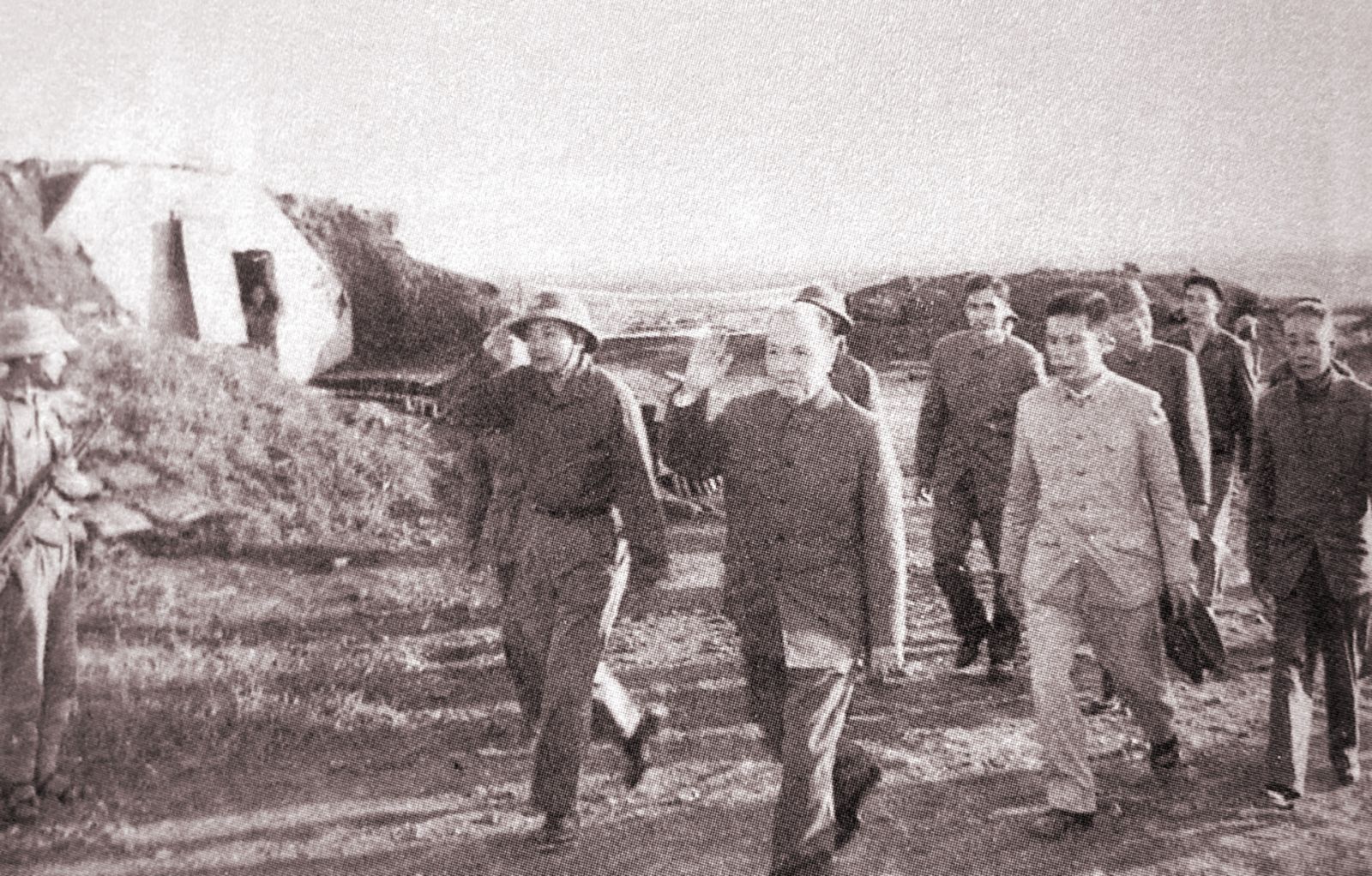
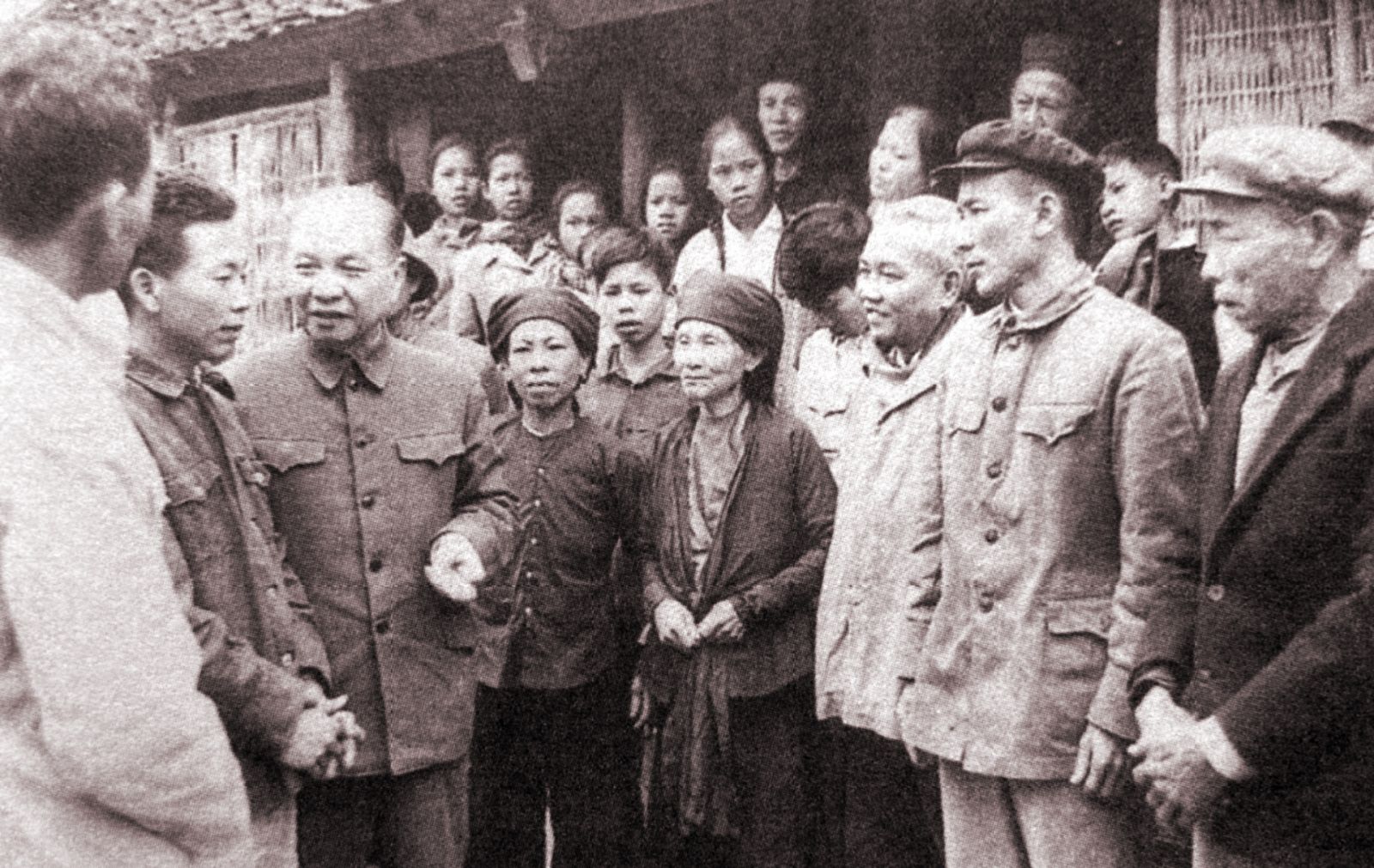


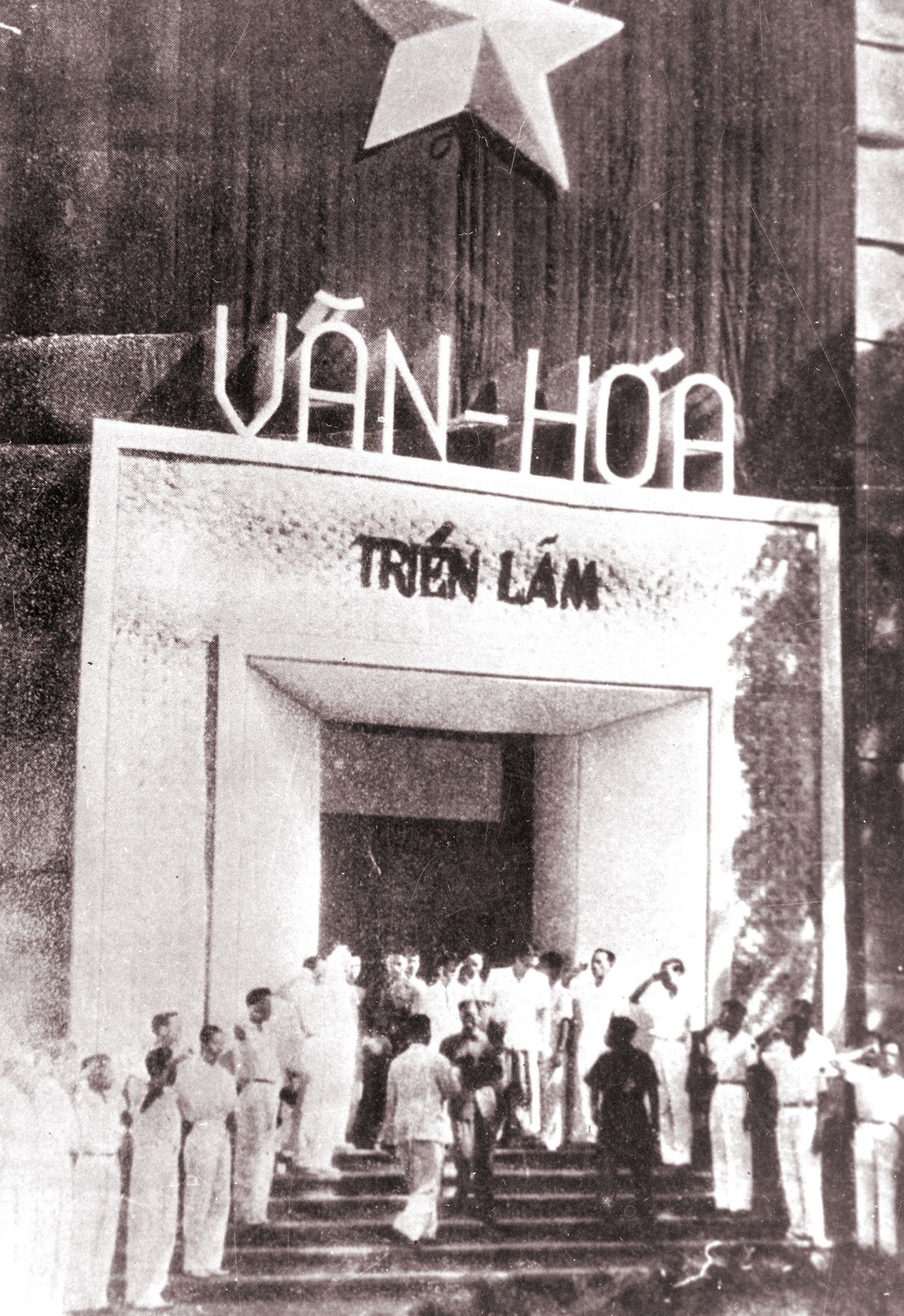
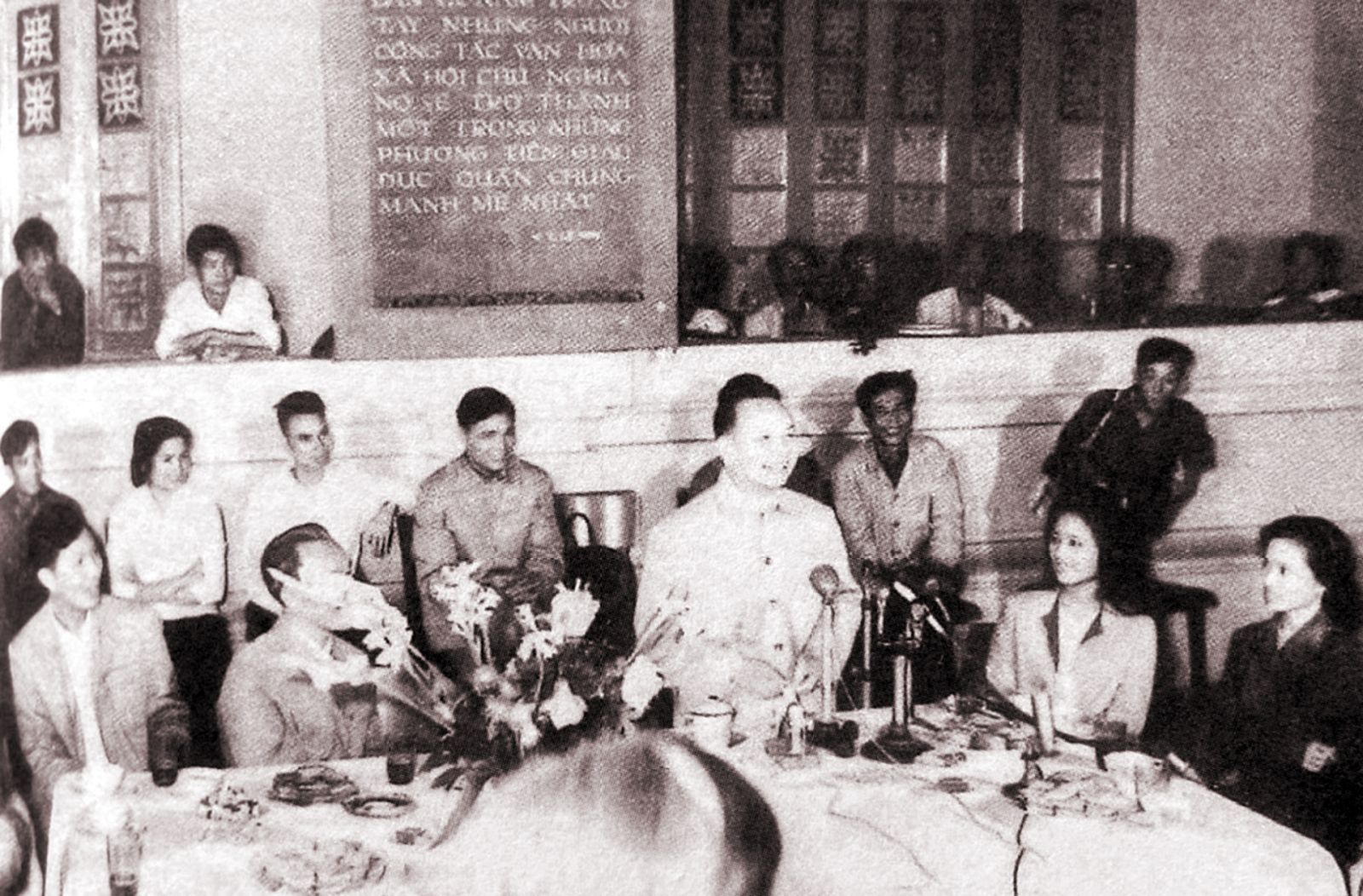
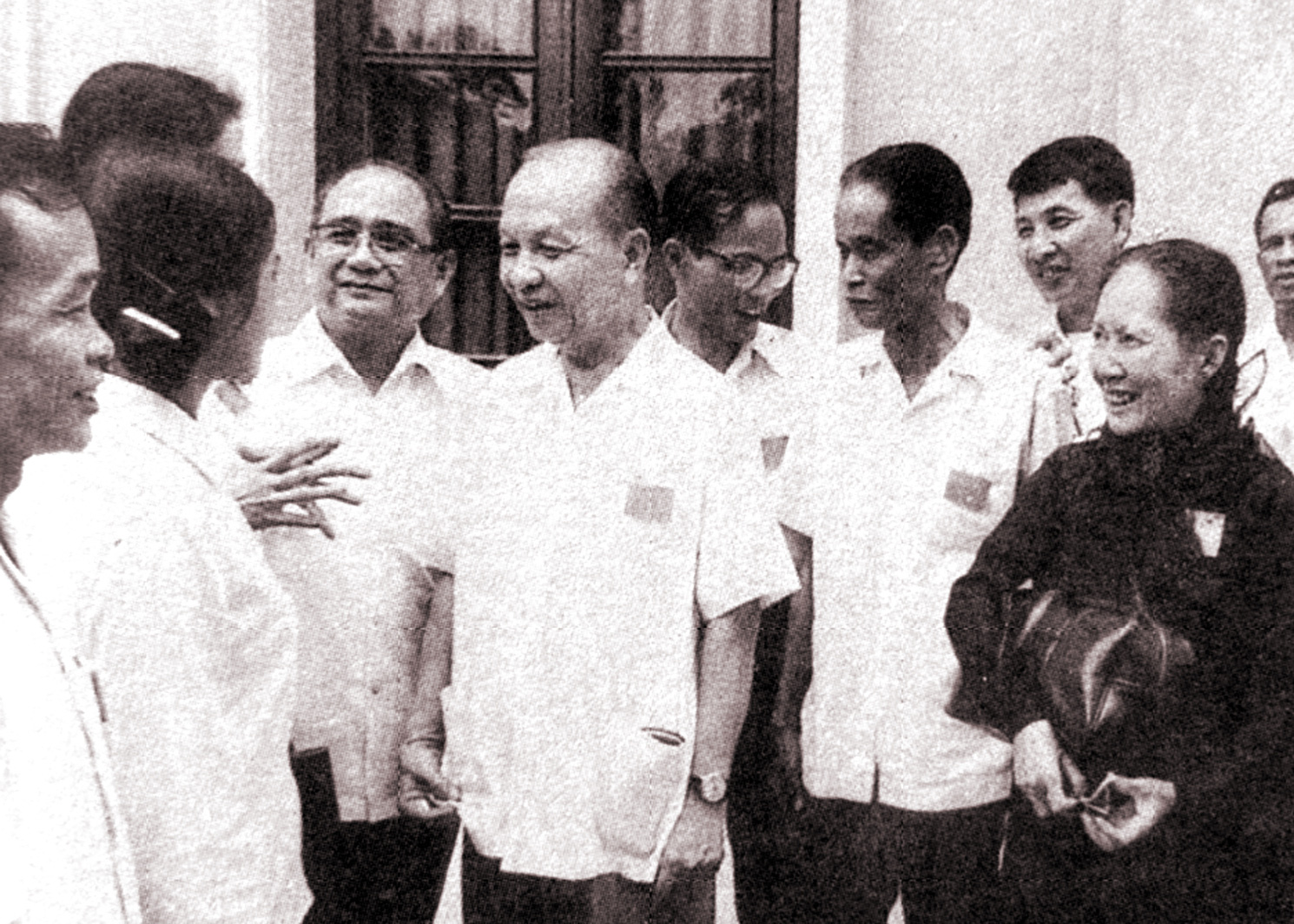
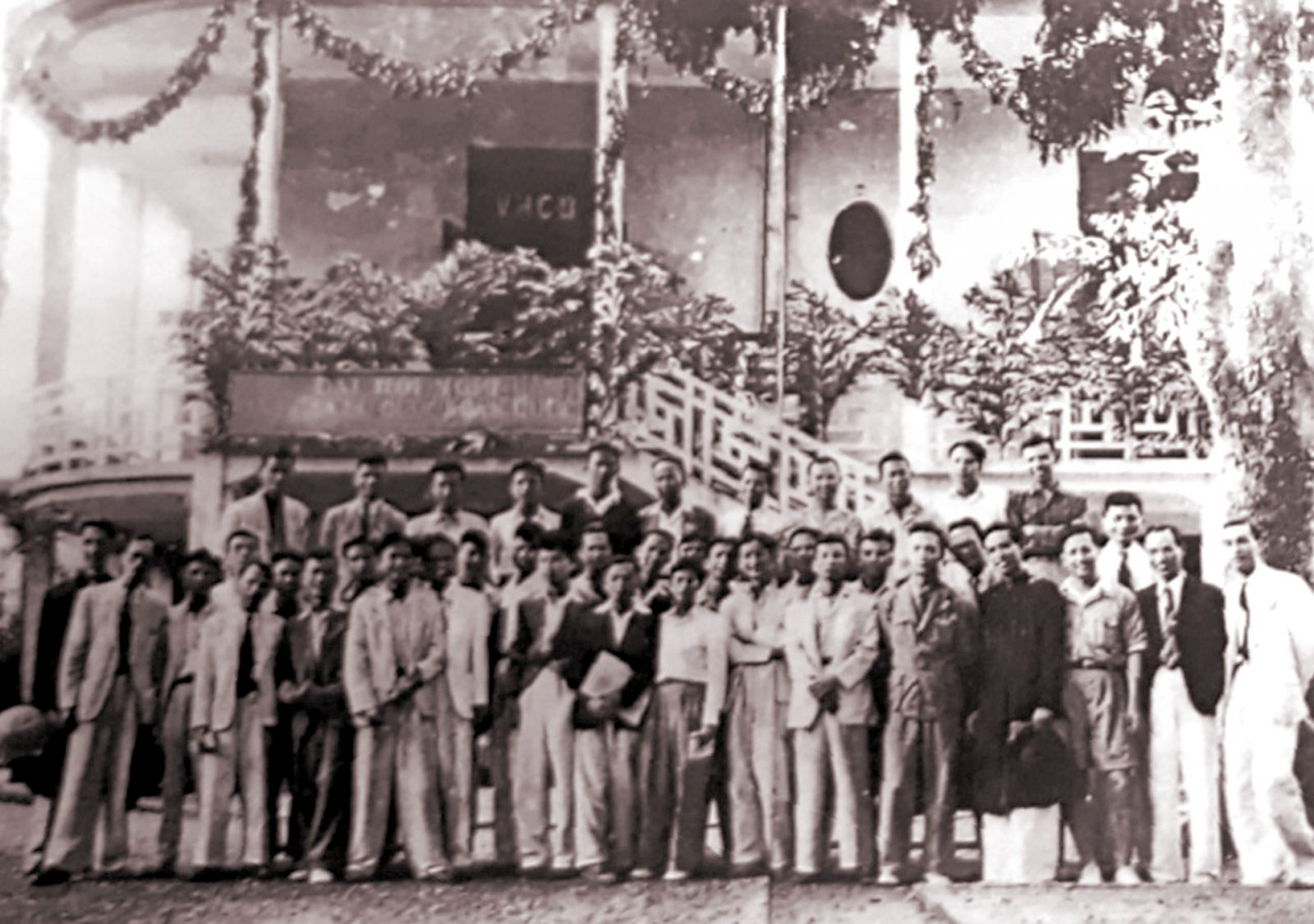

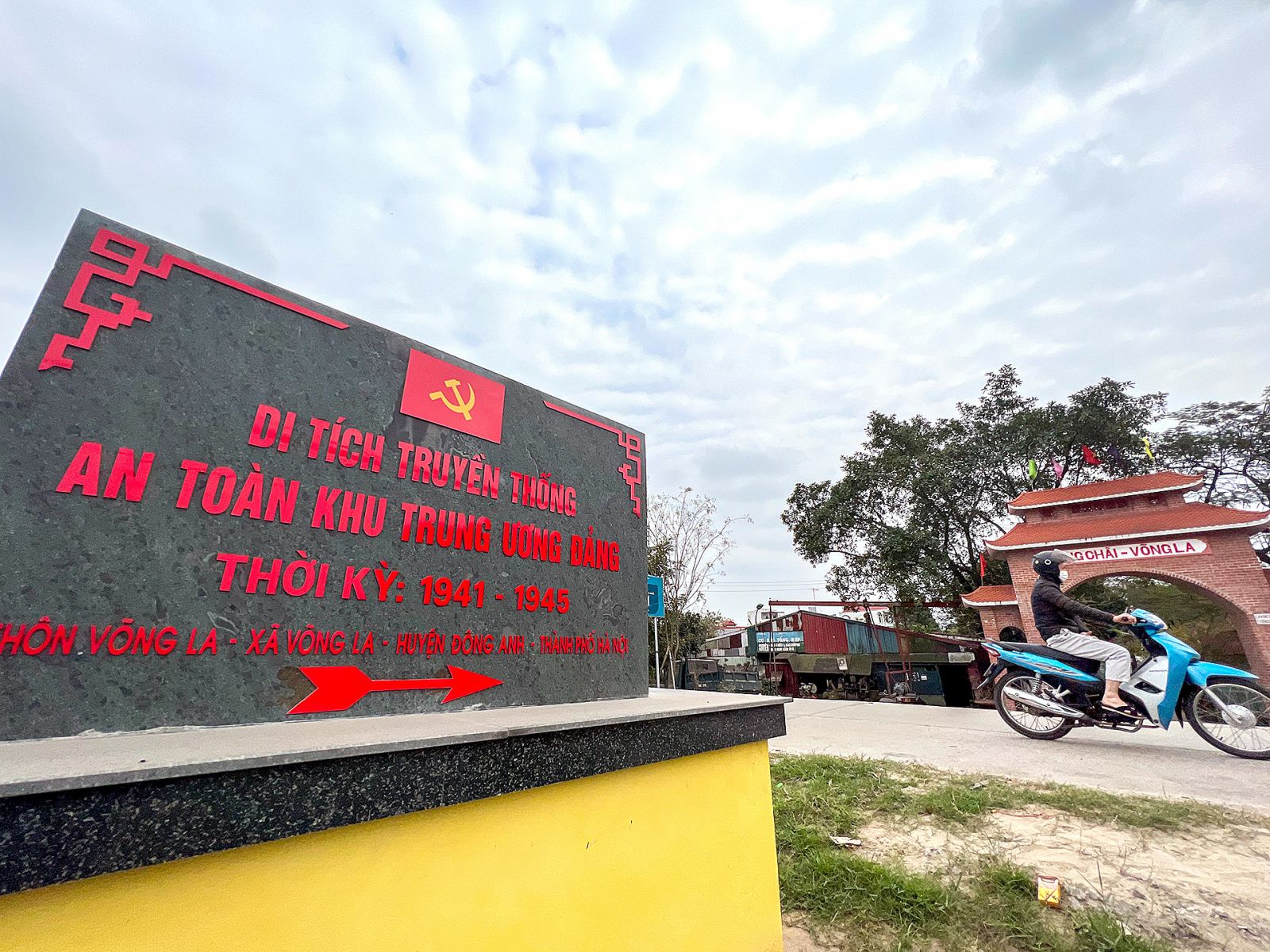
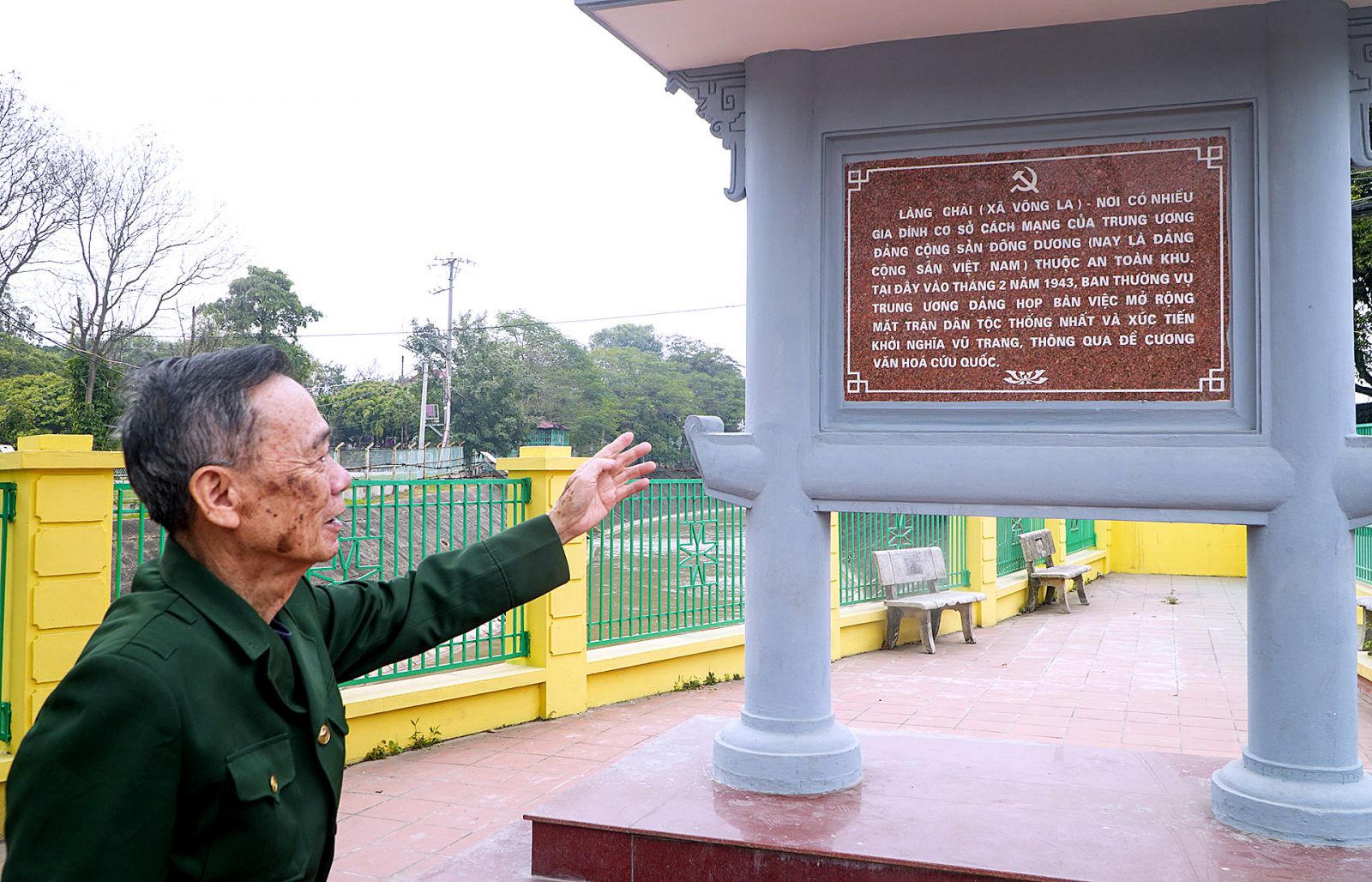
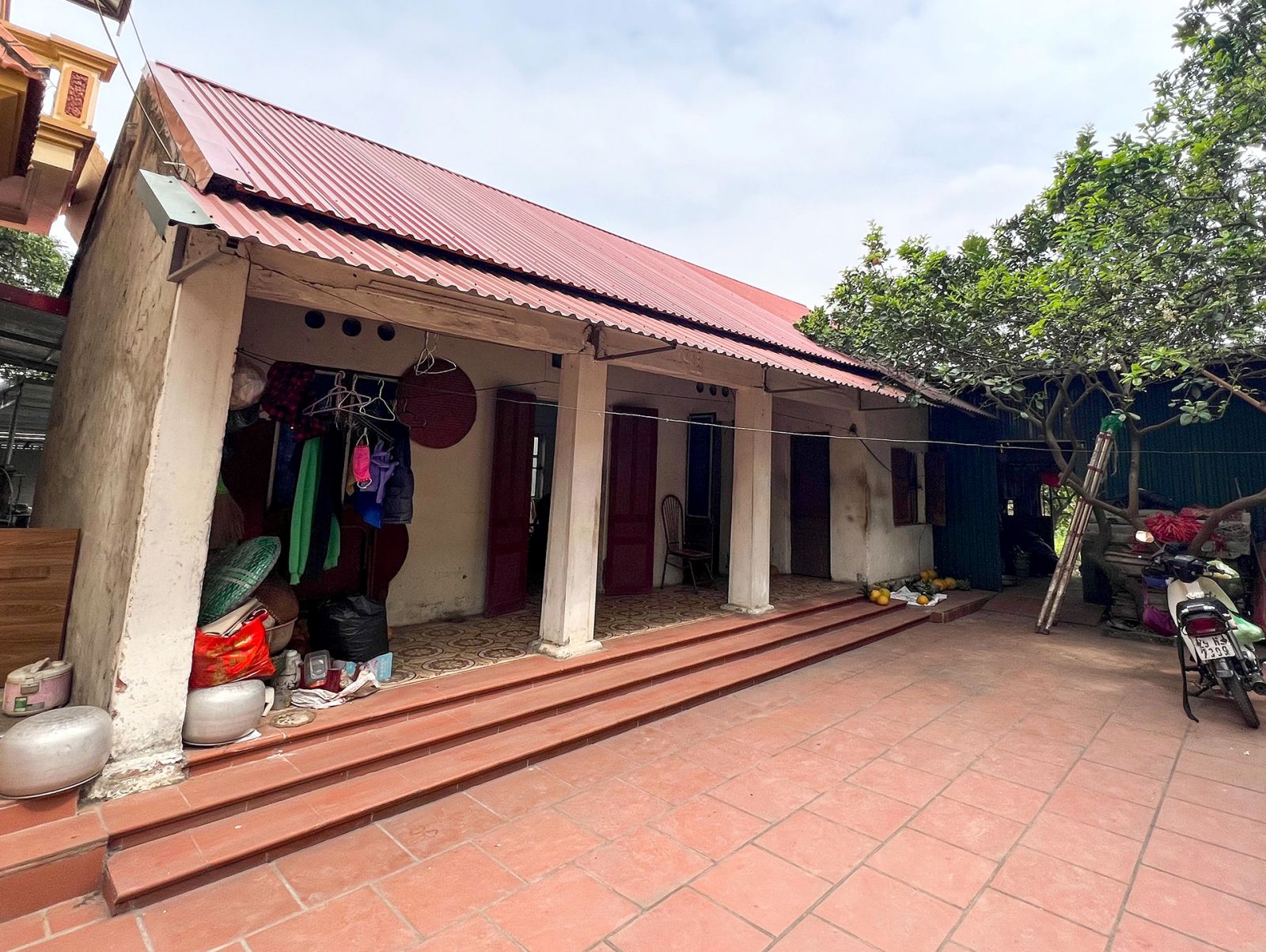
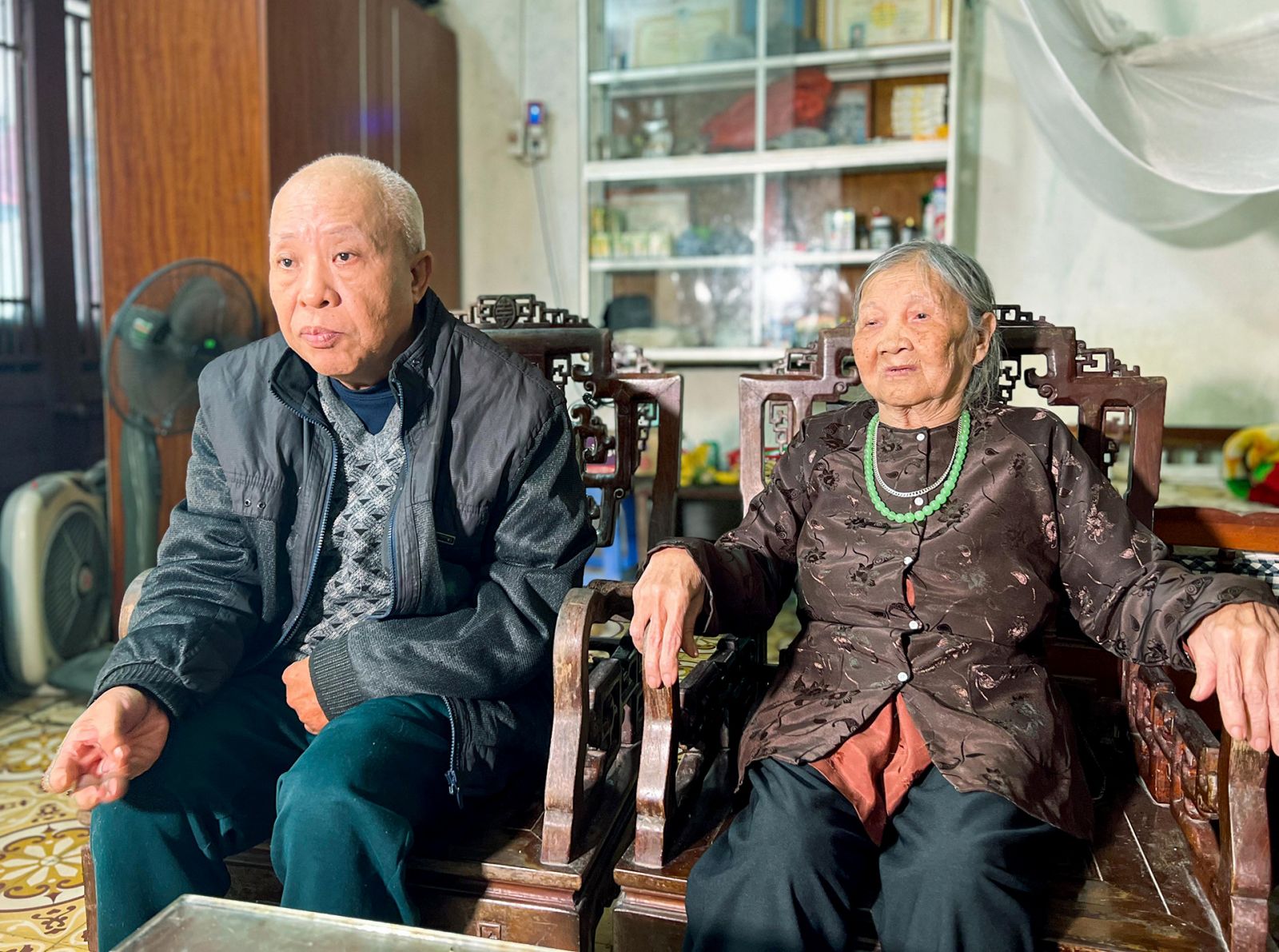
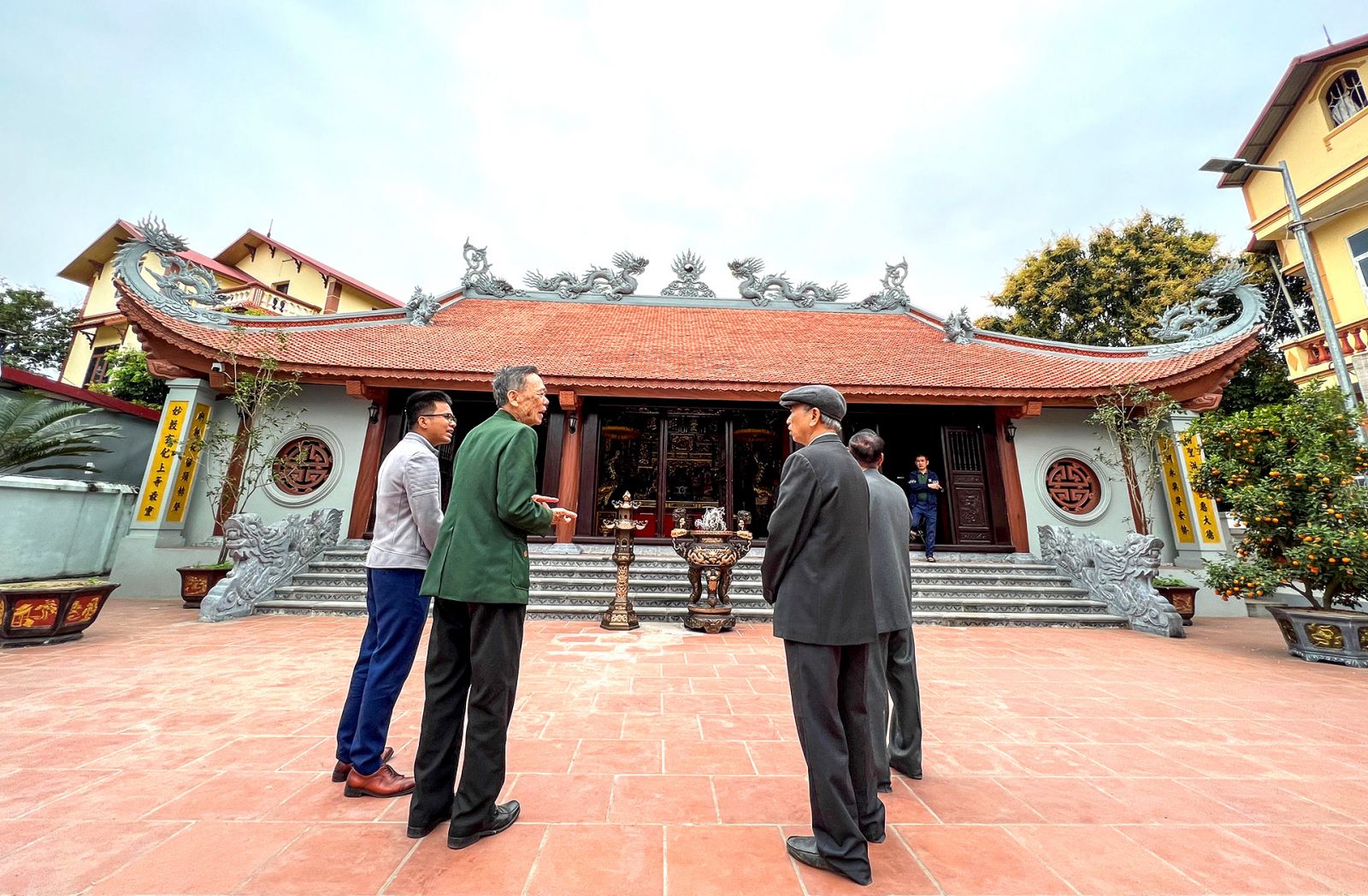

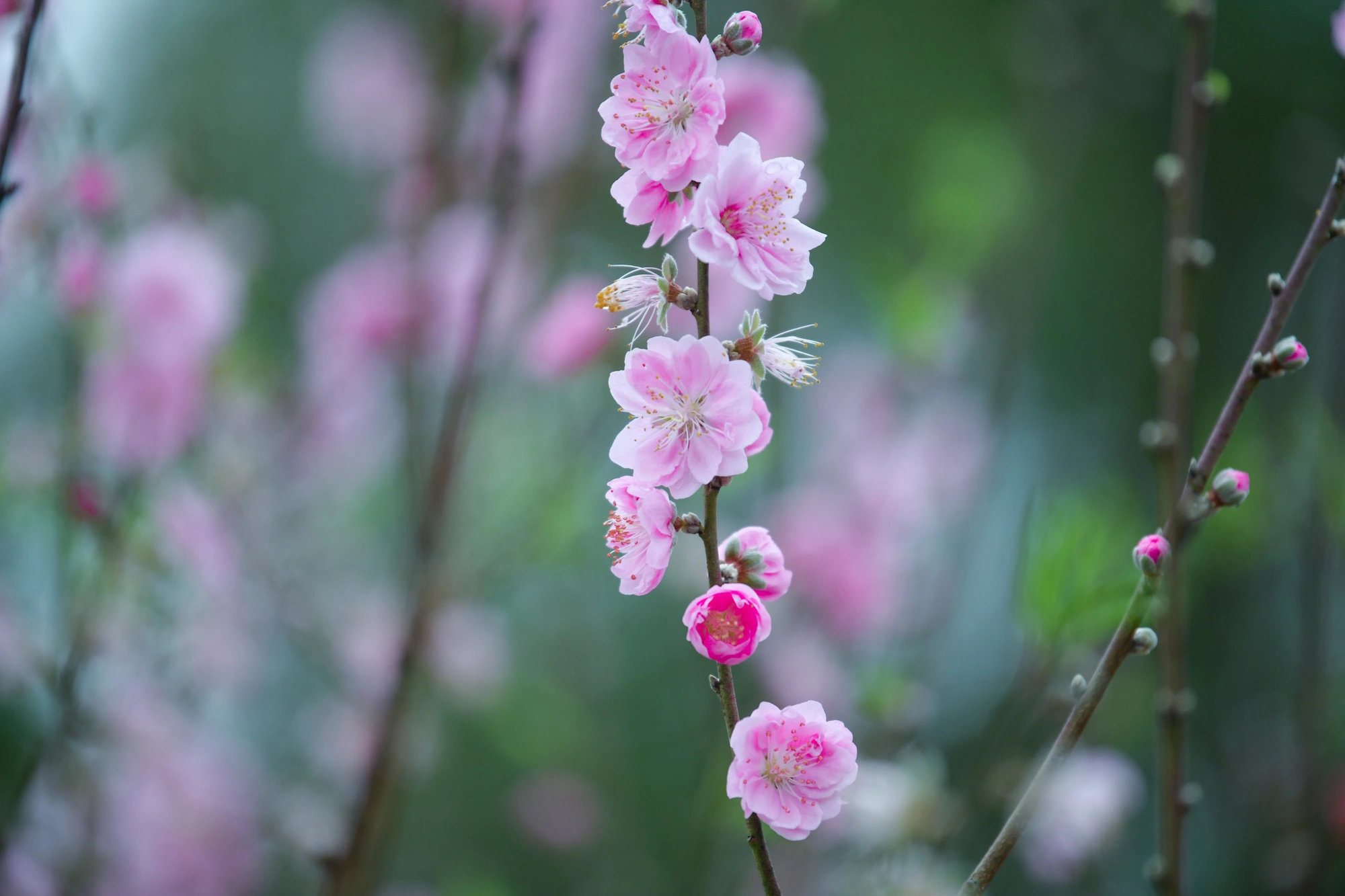
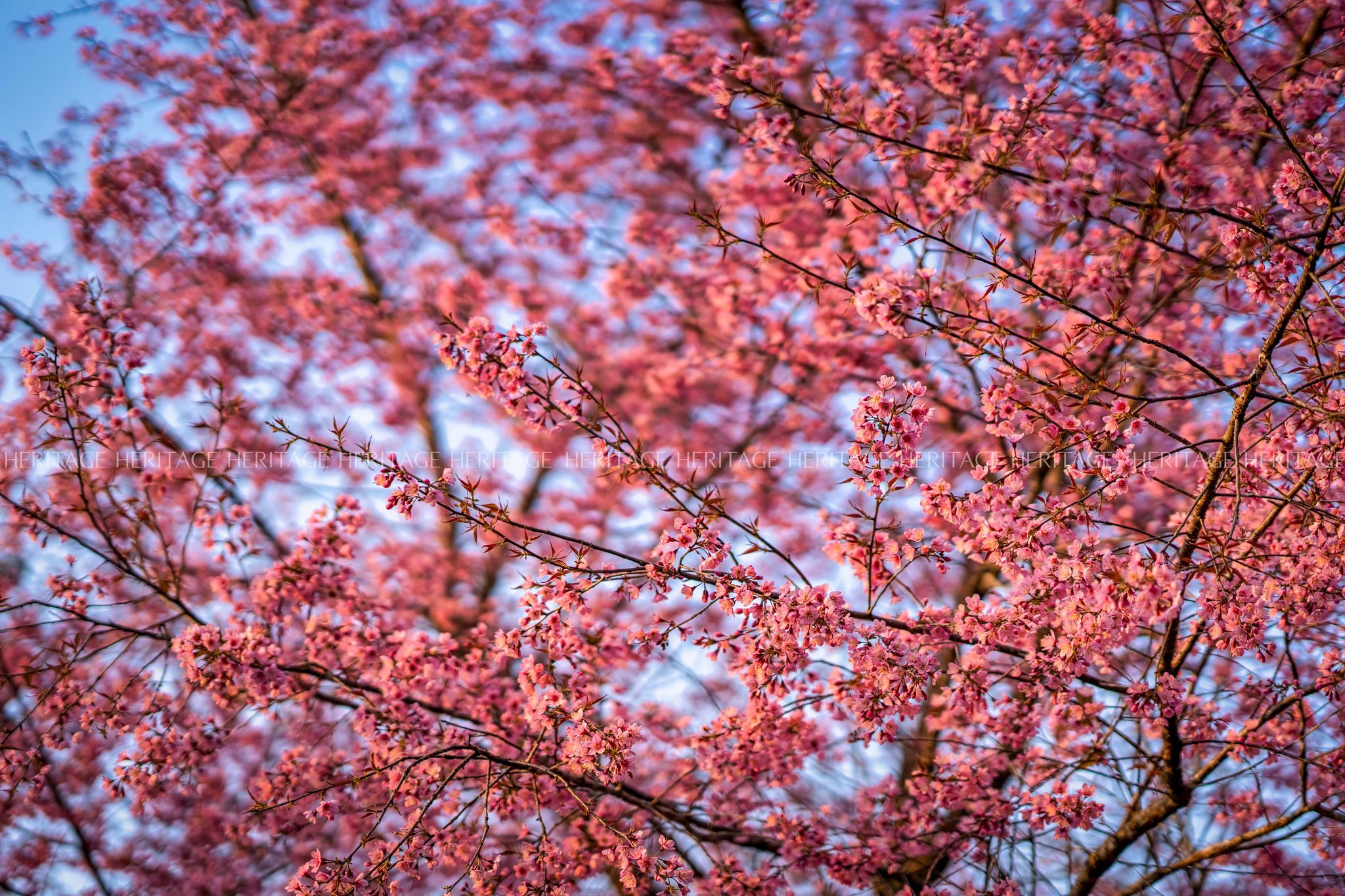
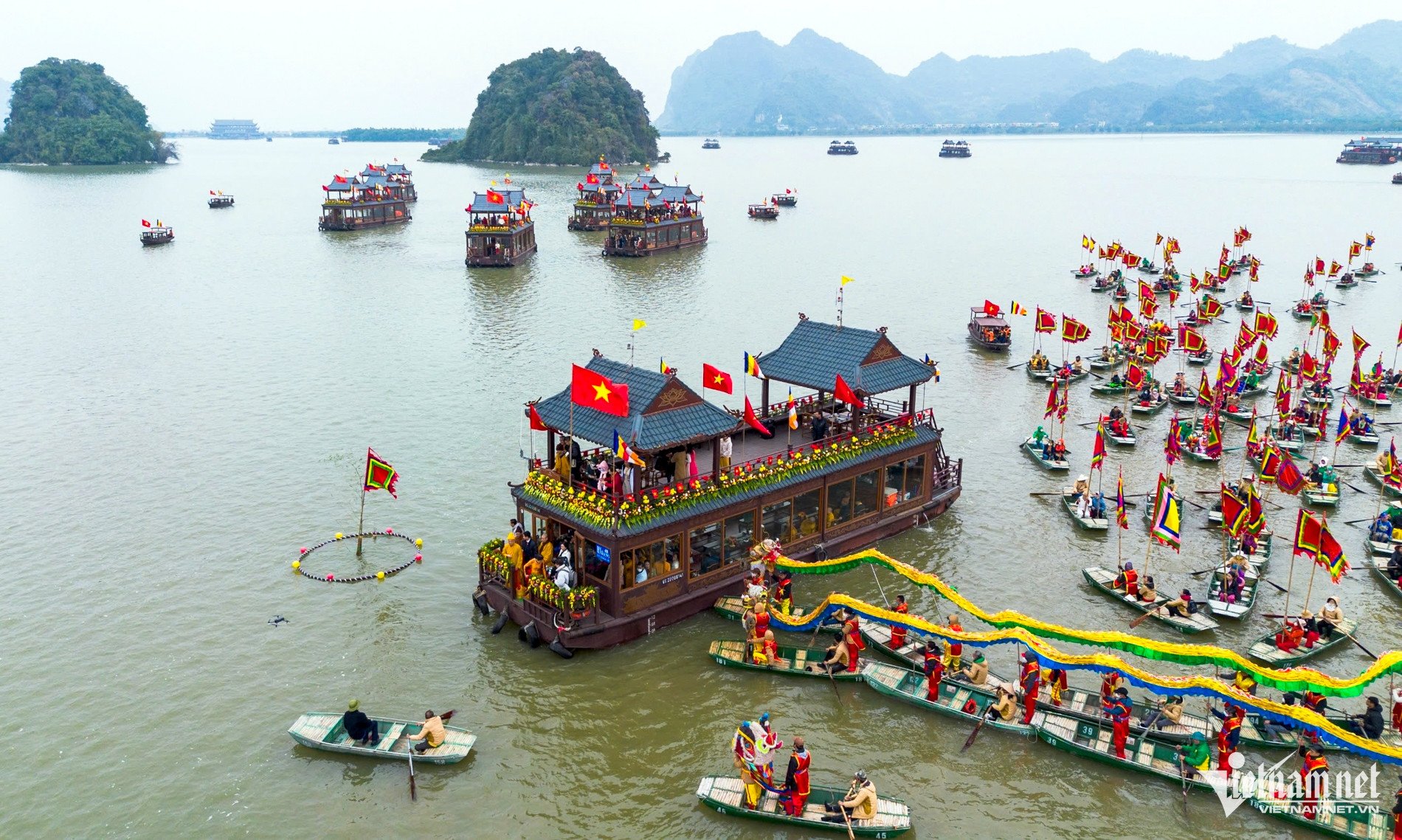


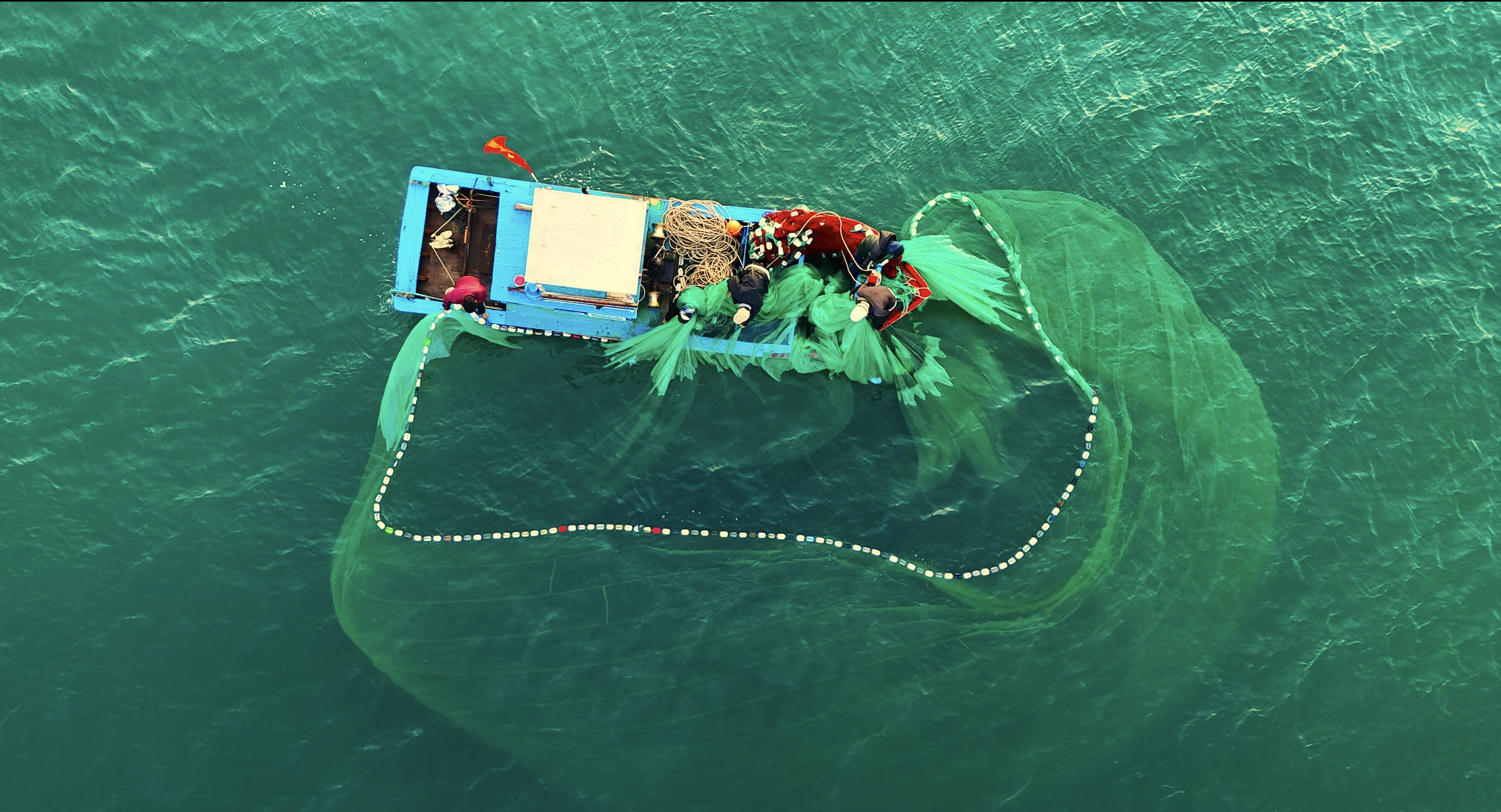






















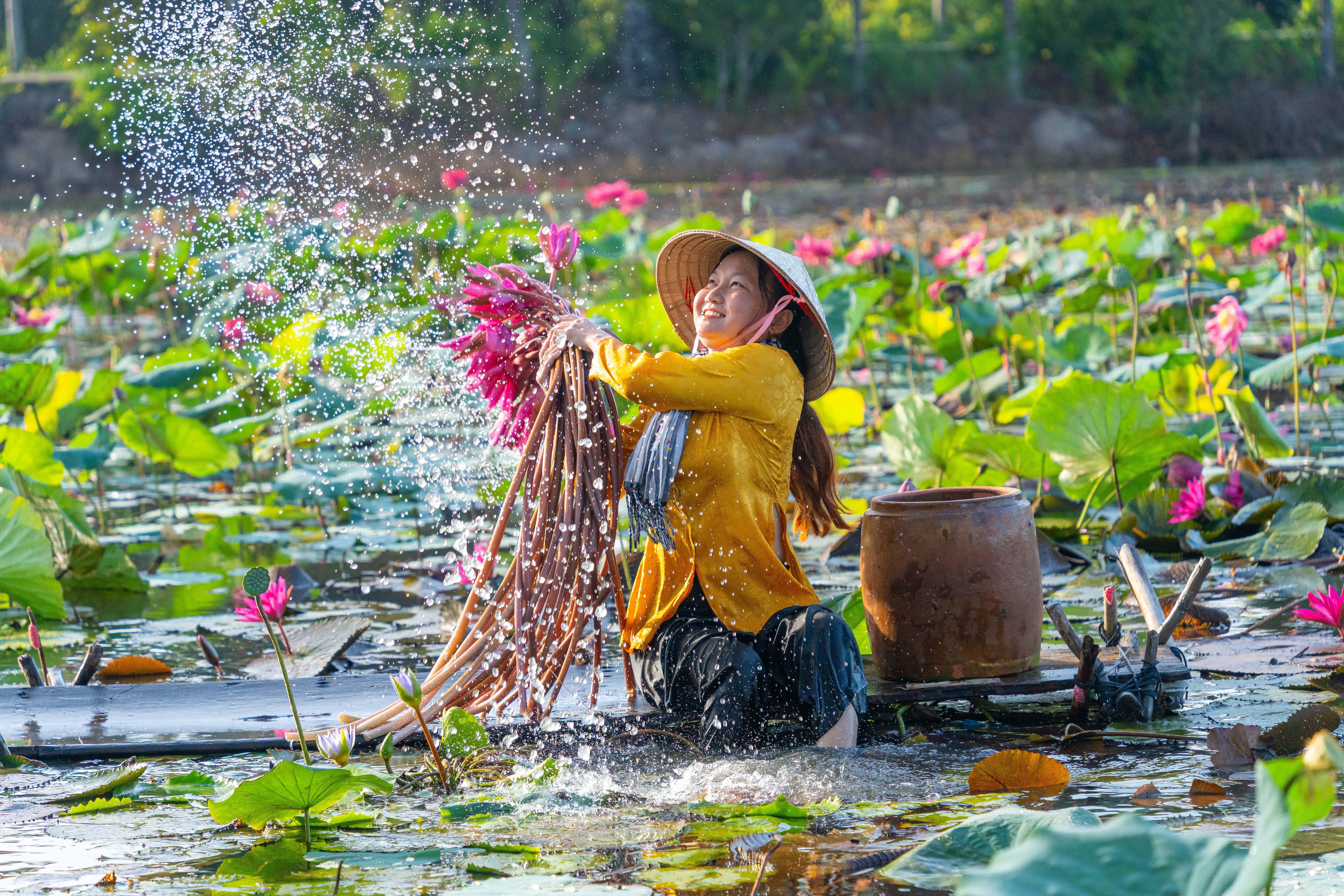
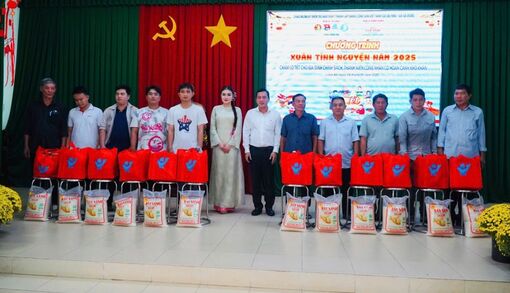
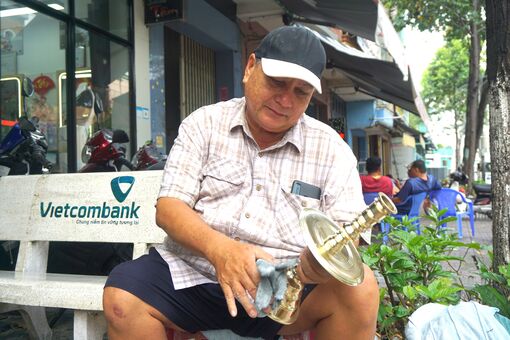
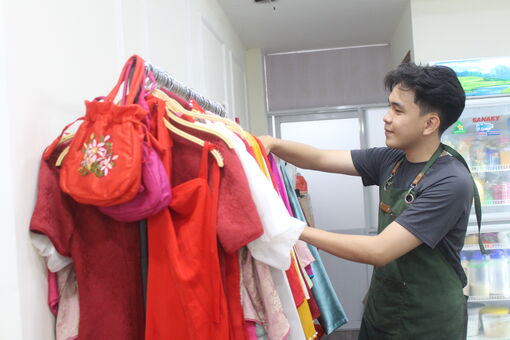
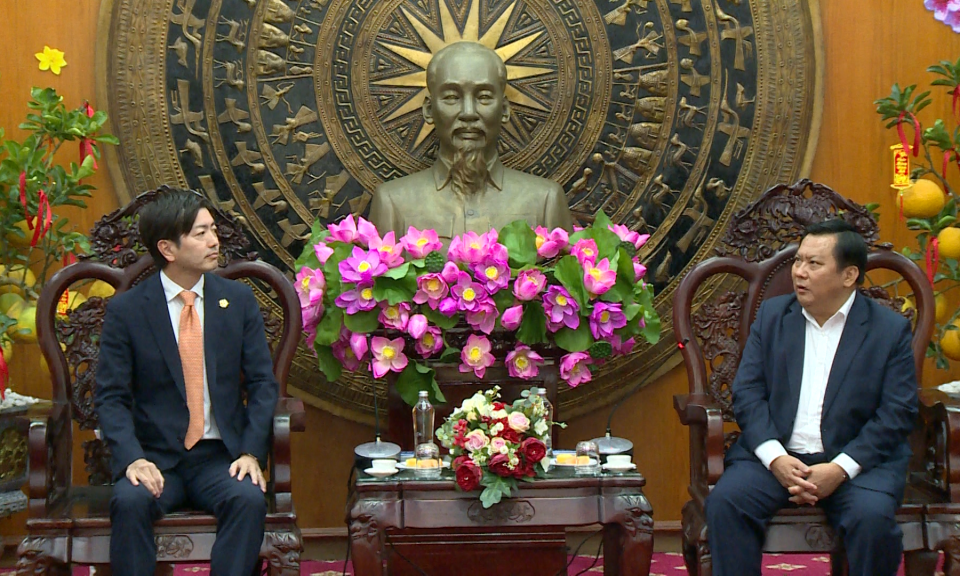
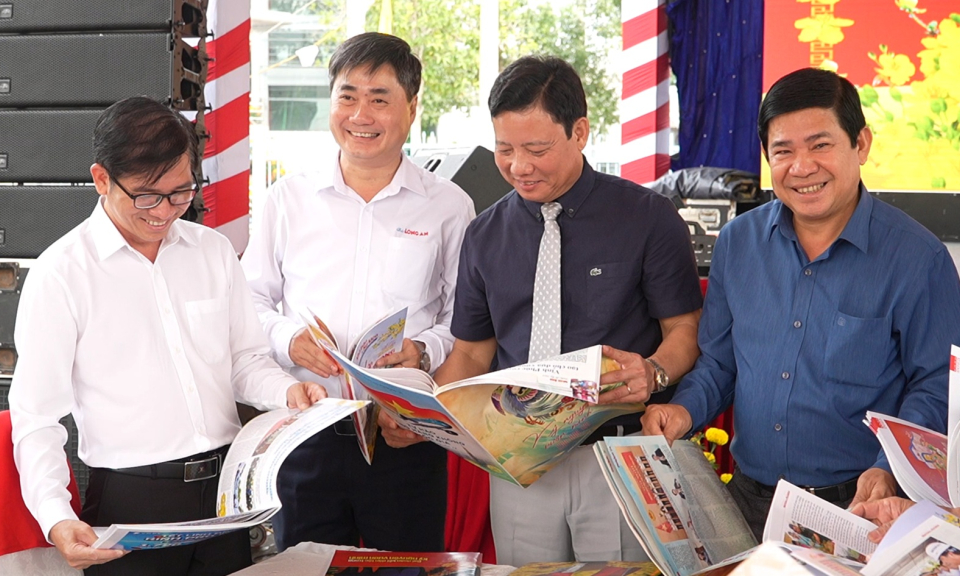
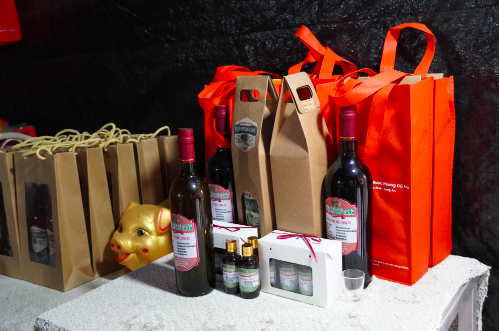
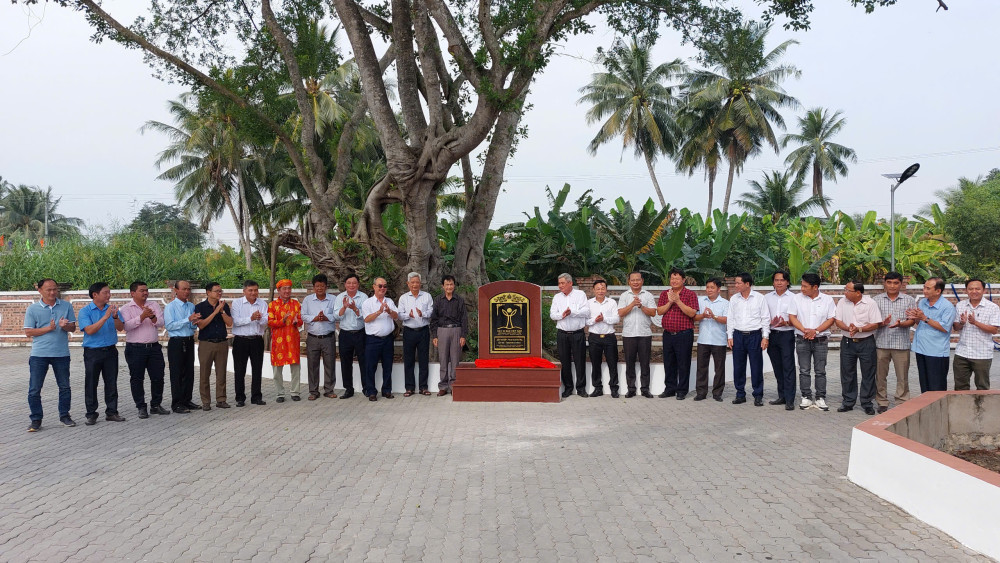
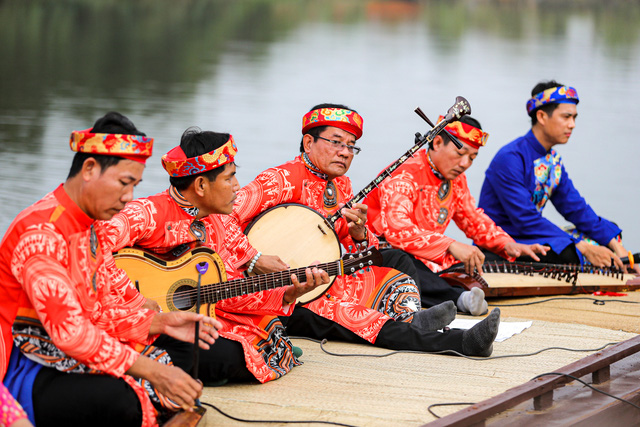
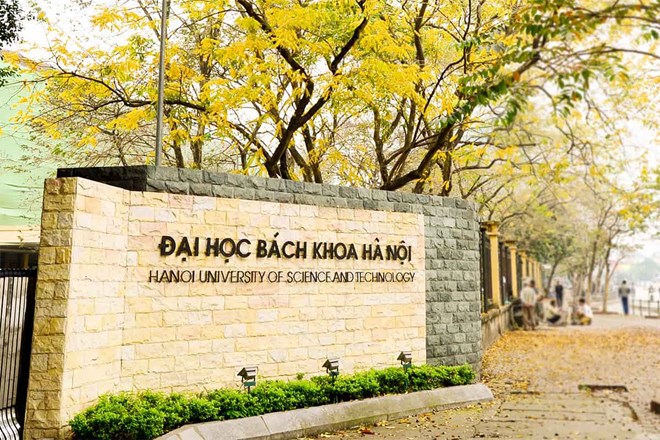

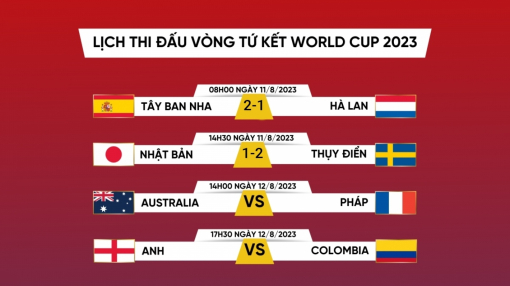
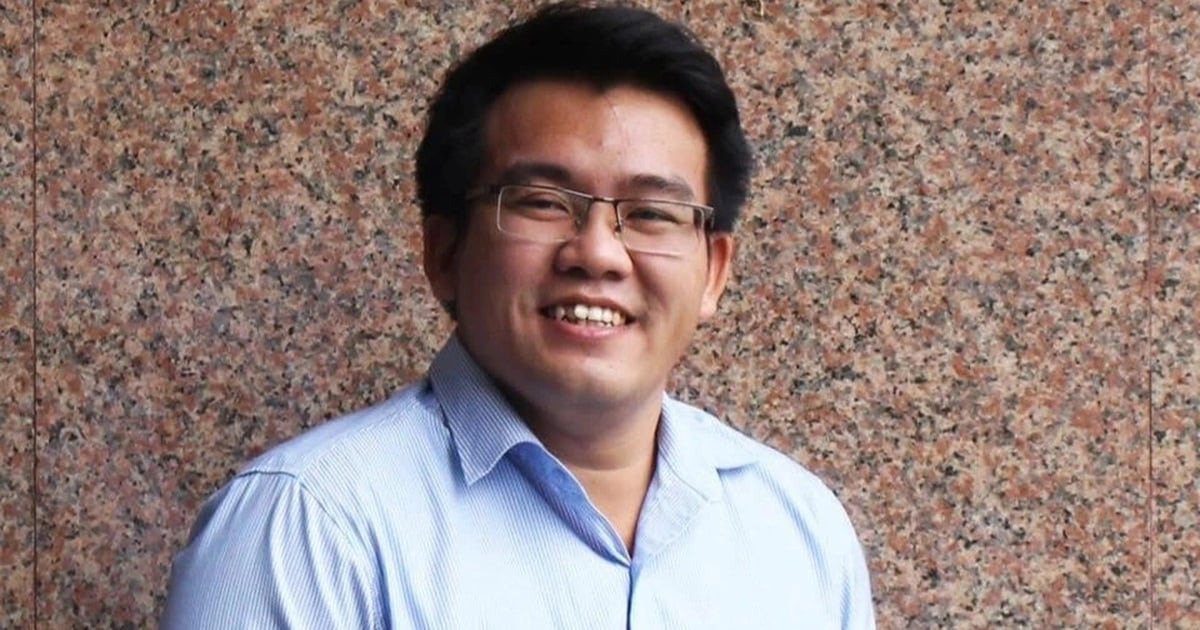

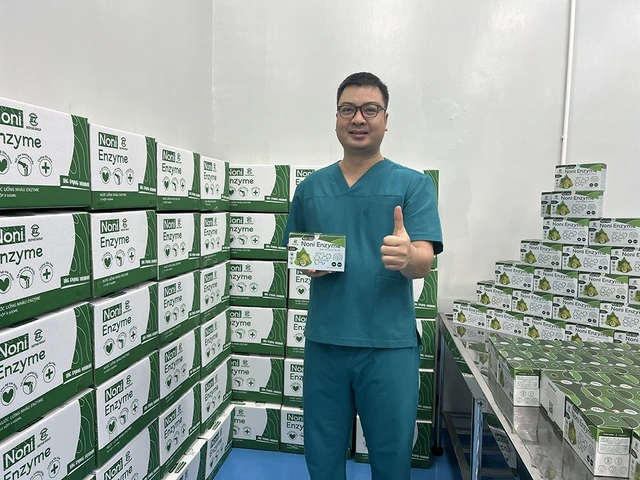

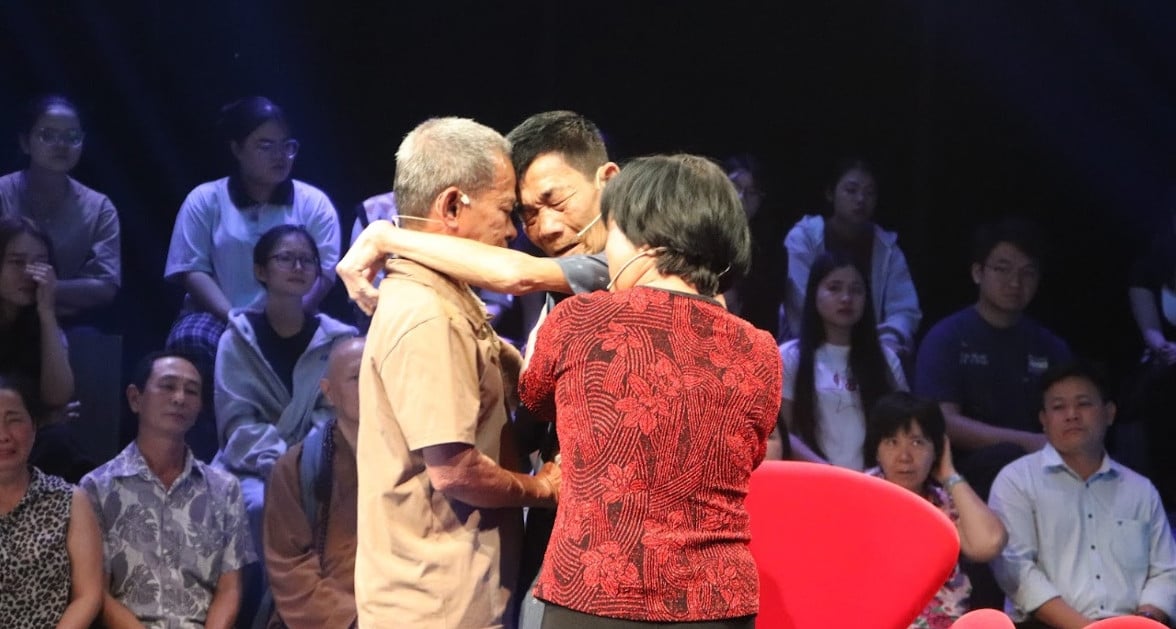

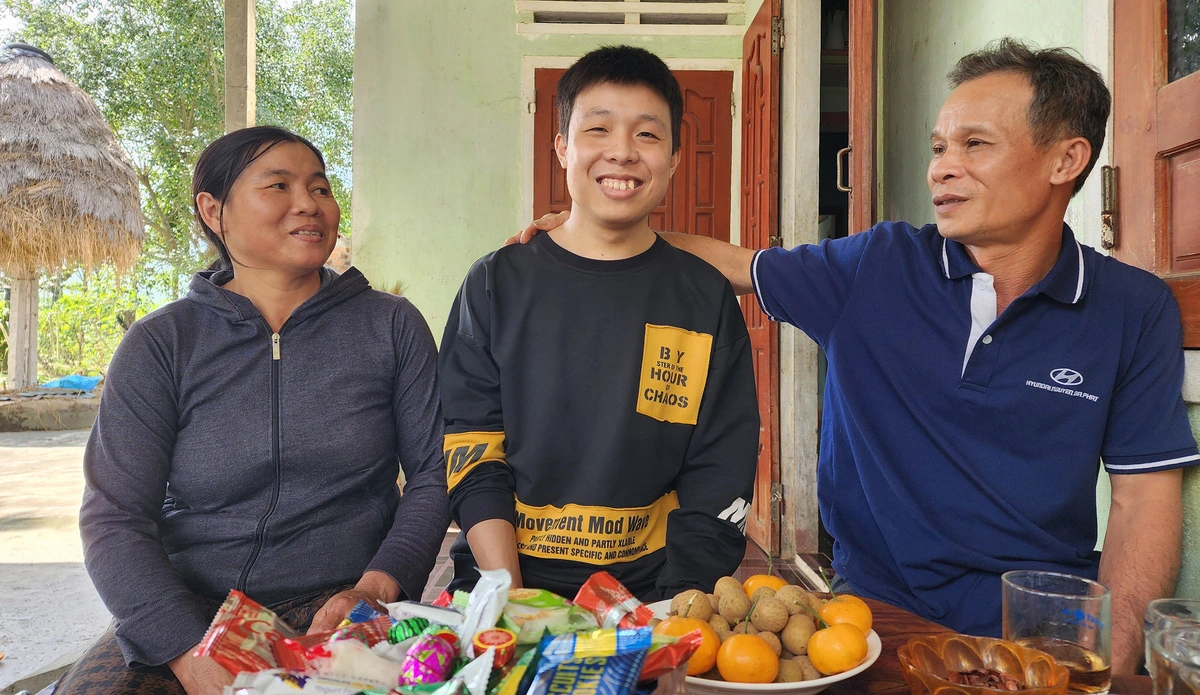

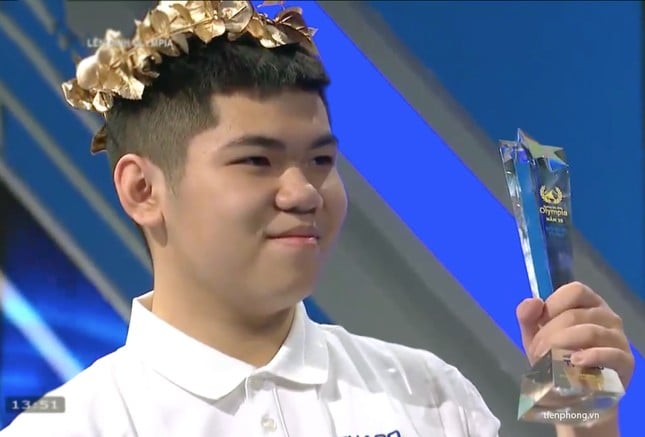

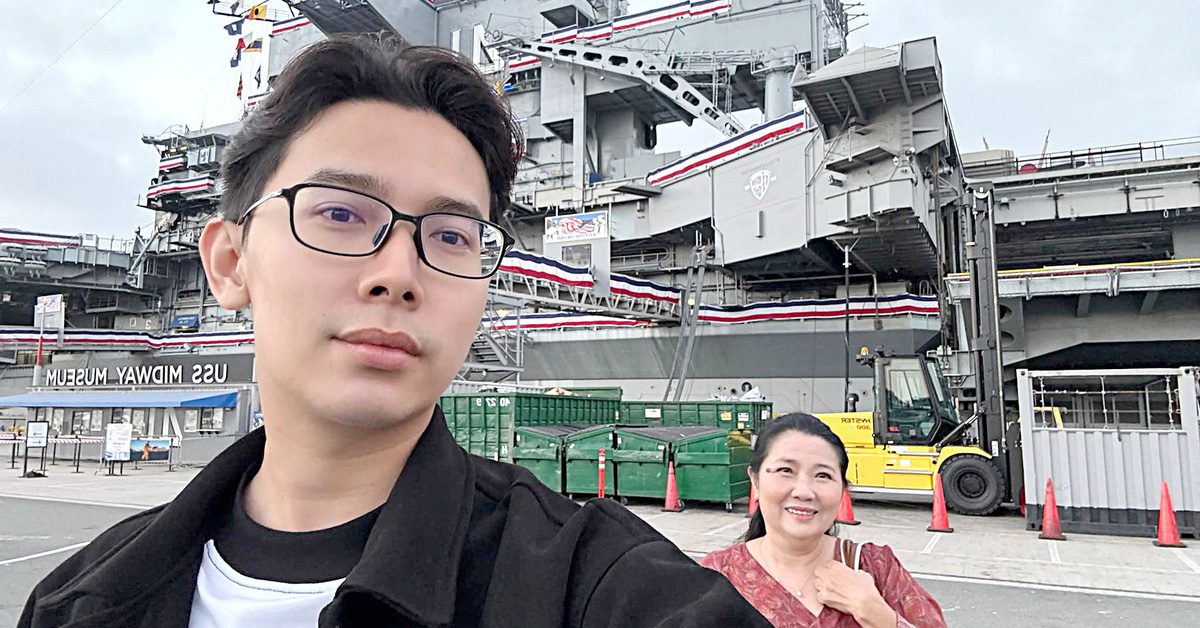




Comment (0)